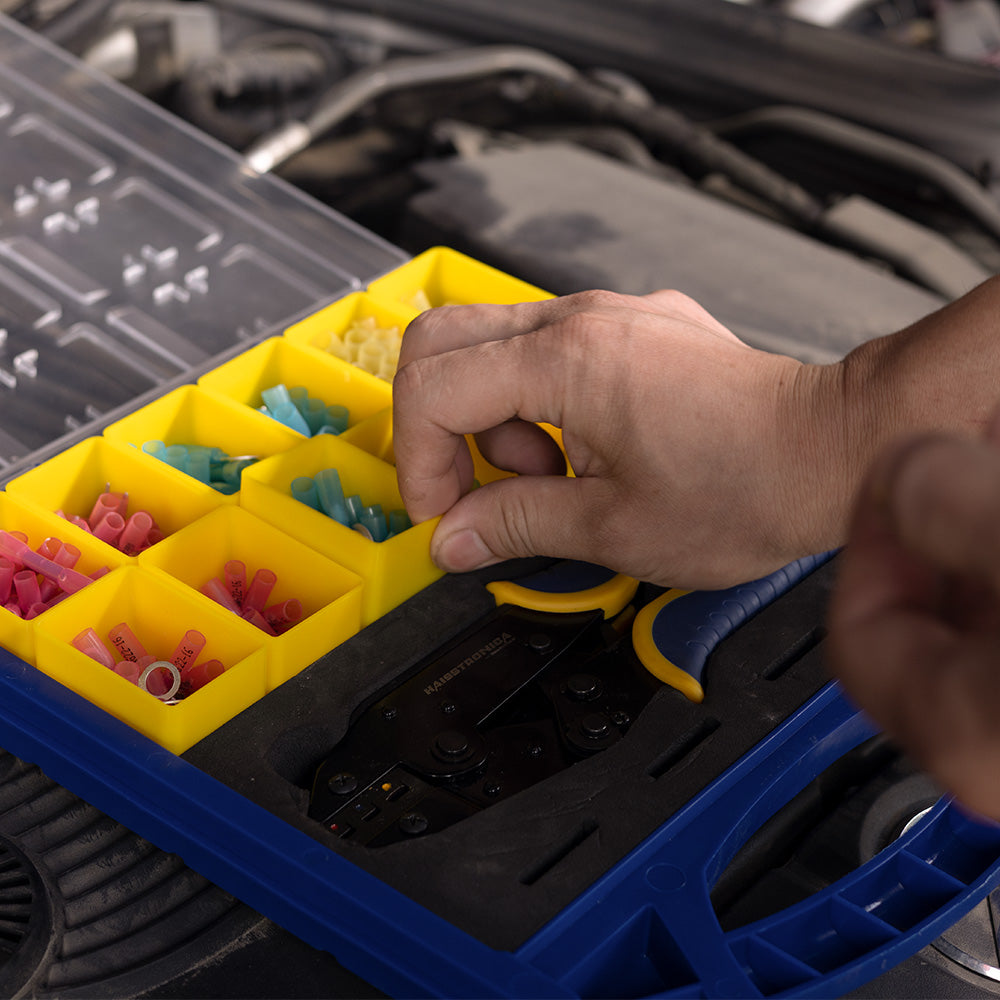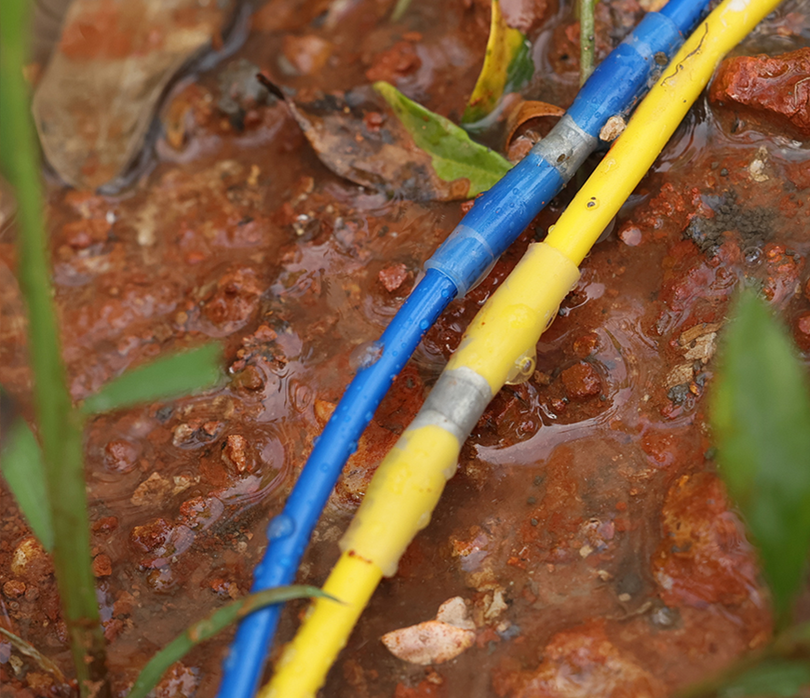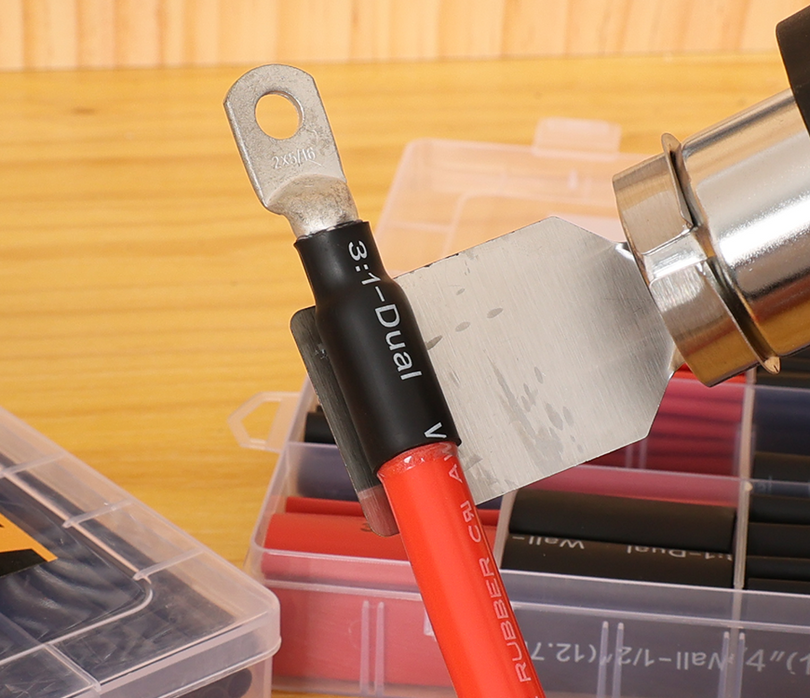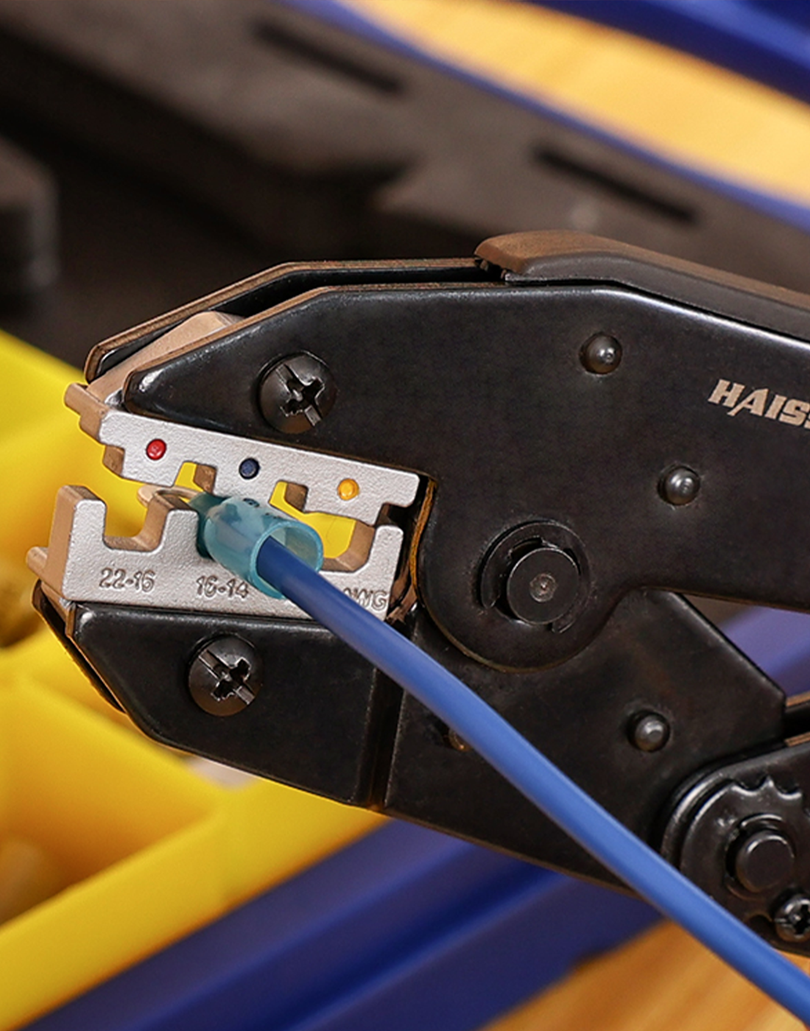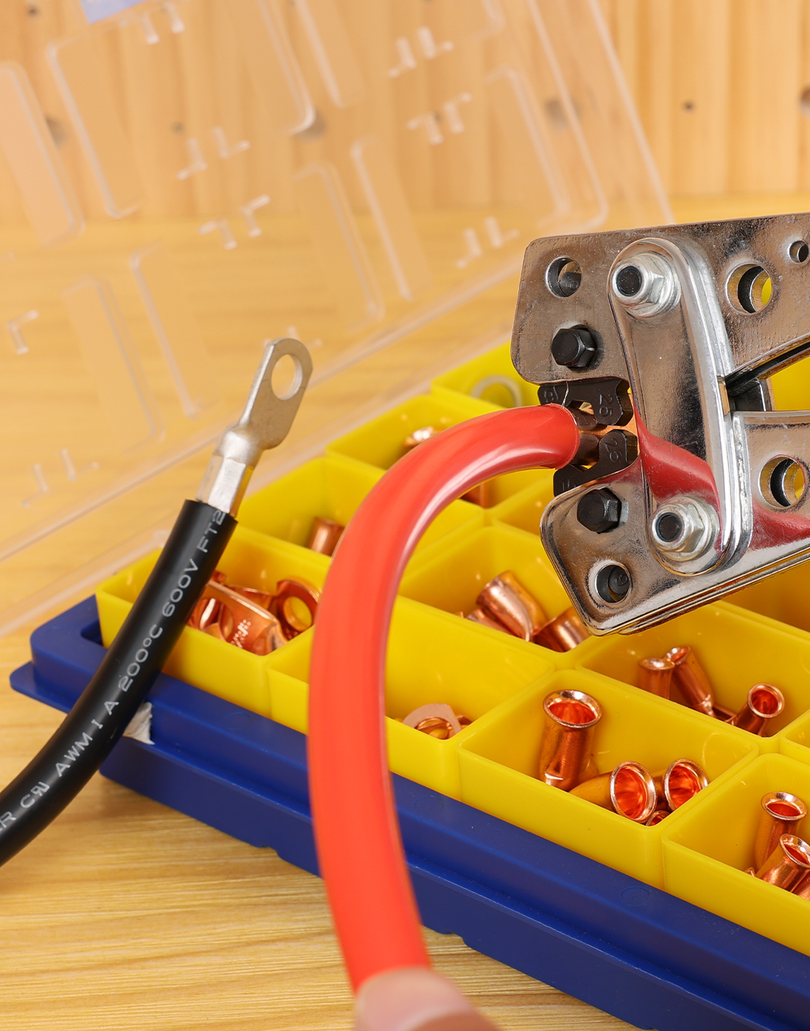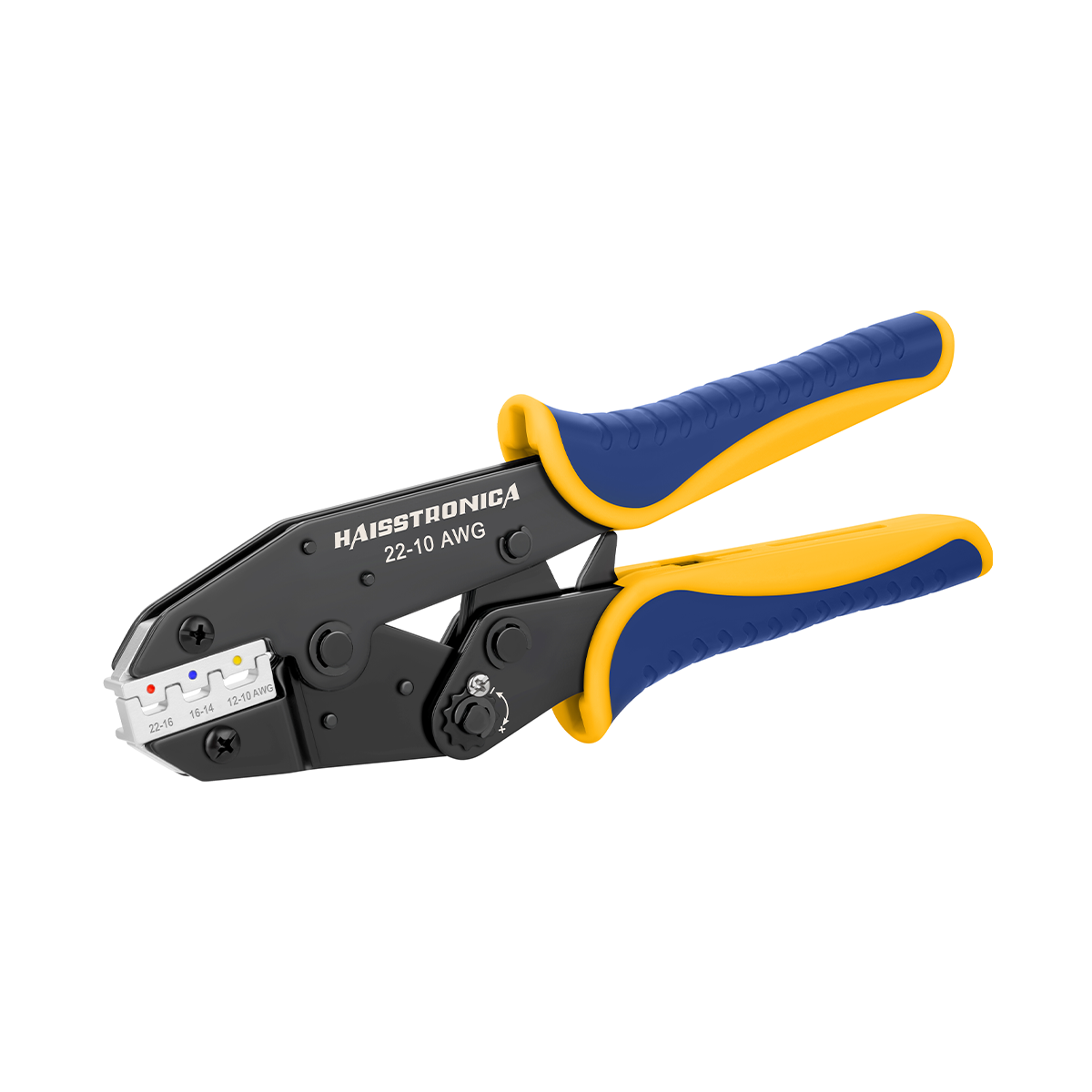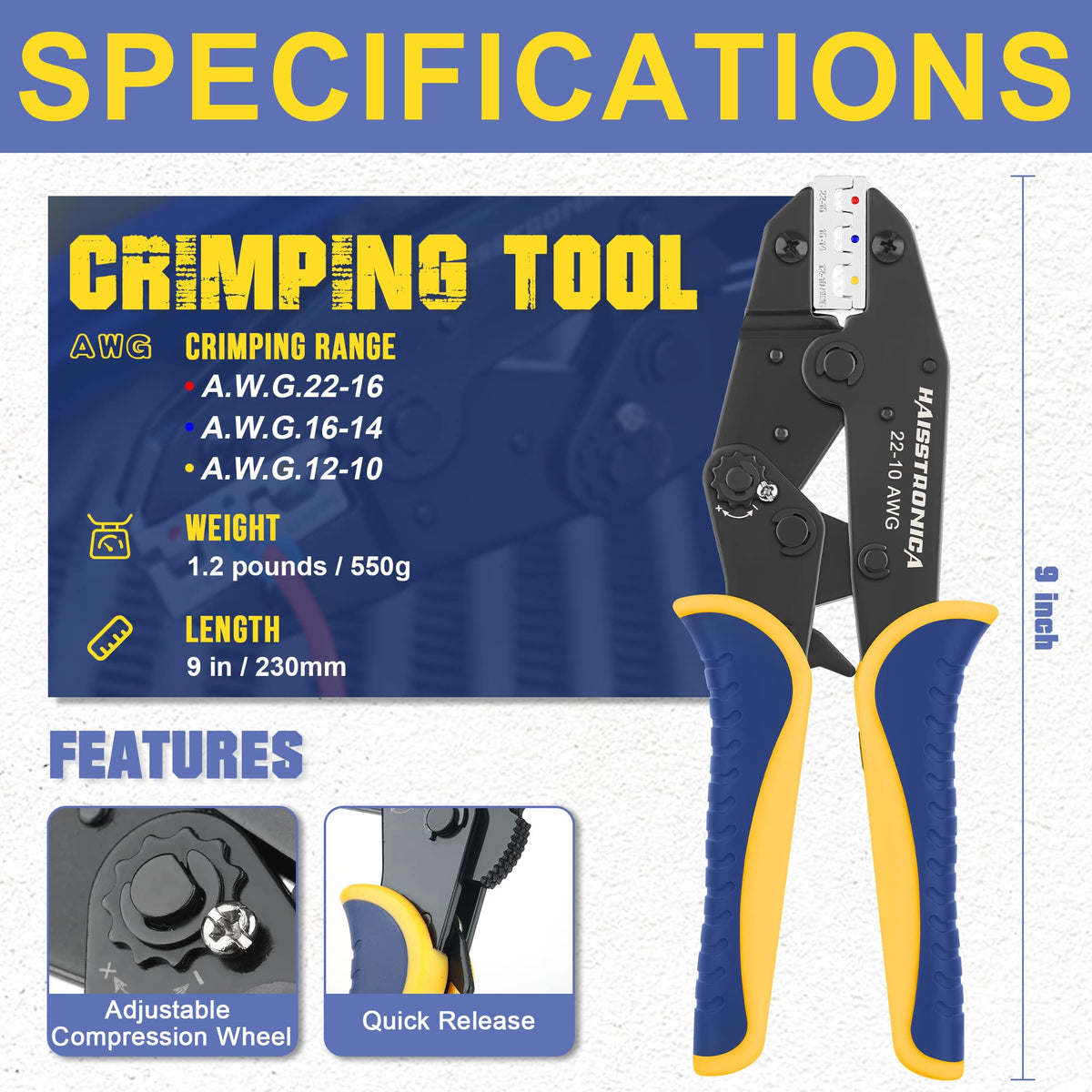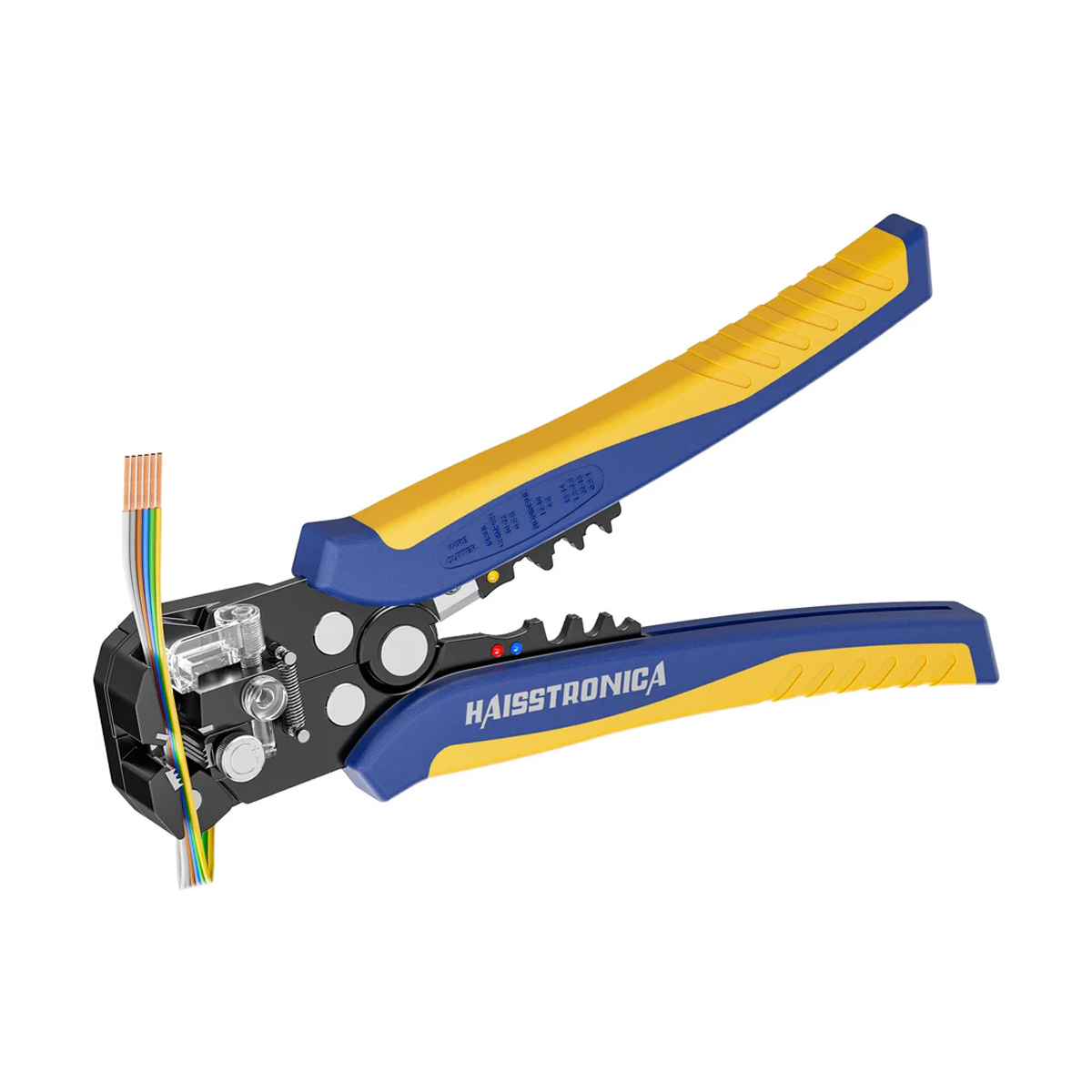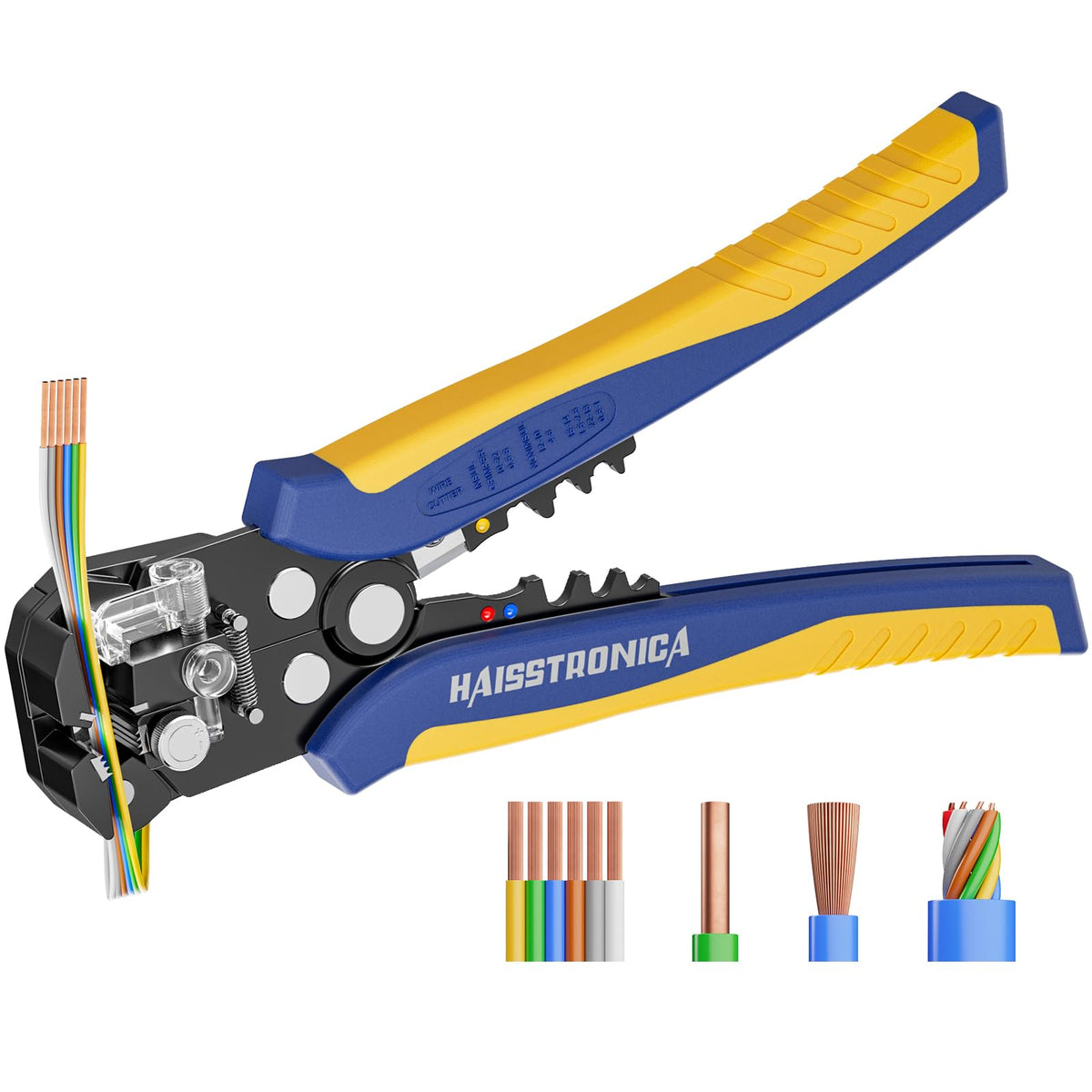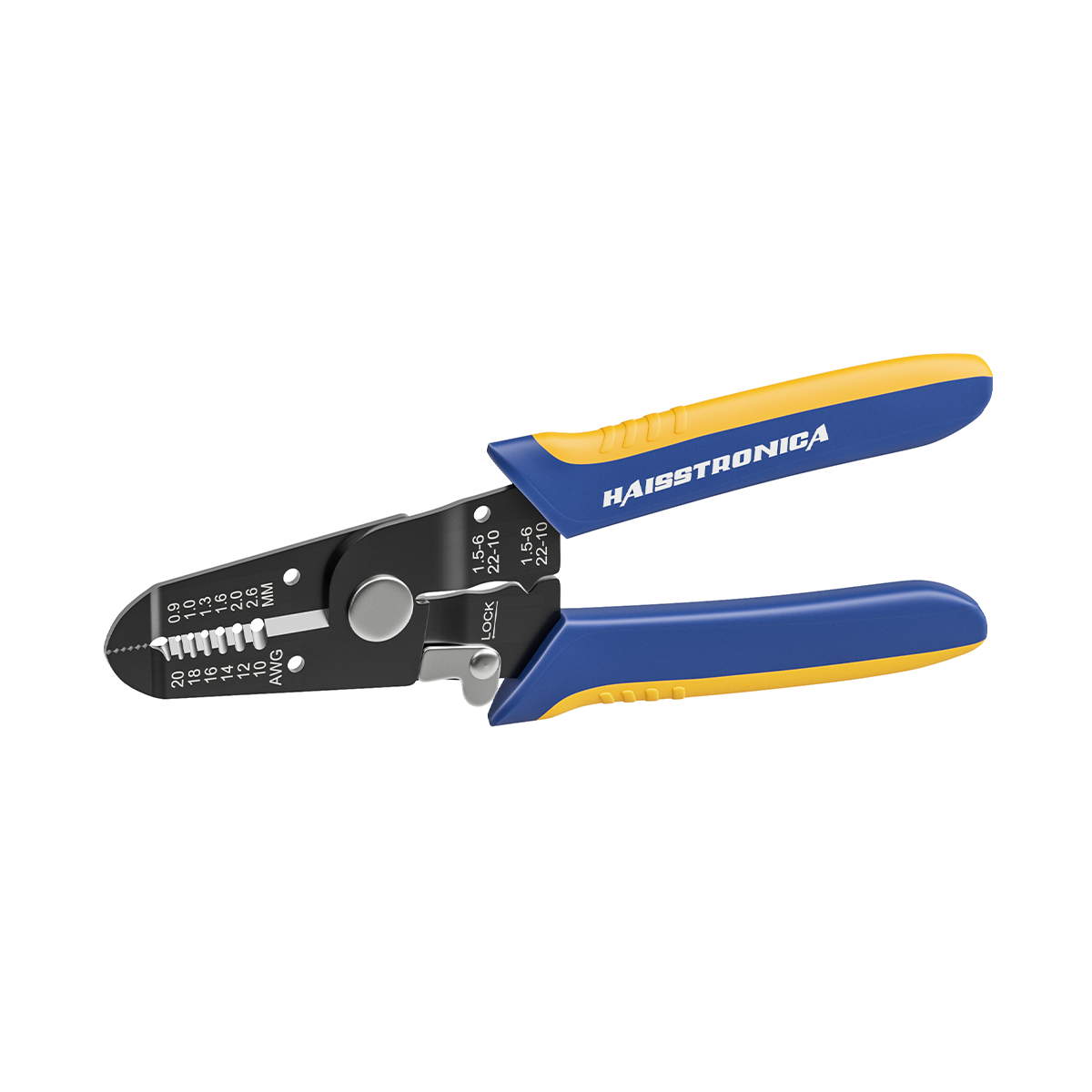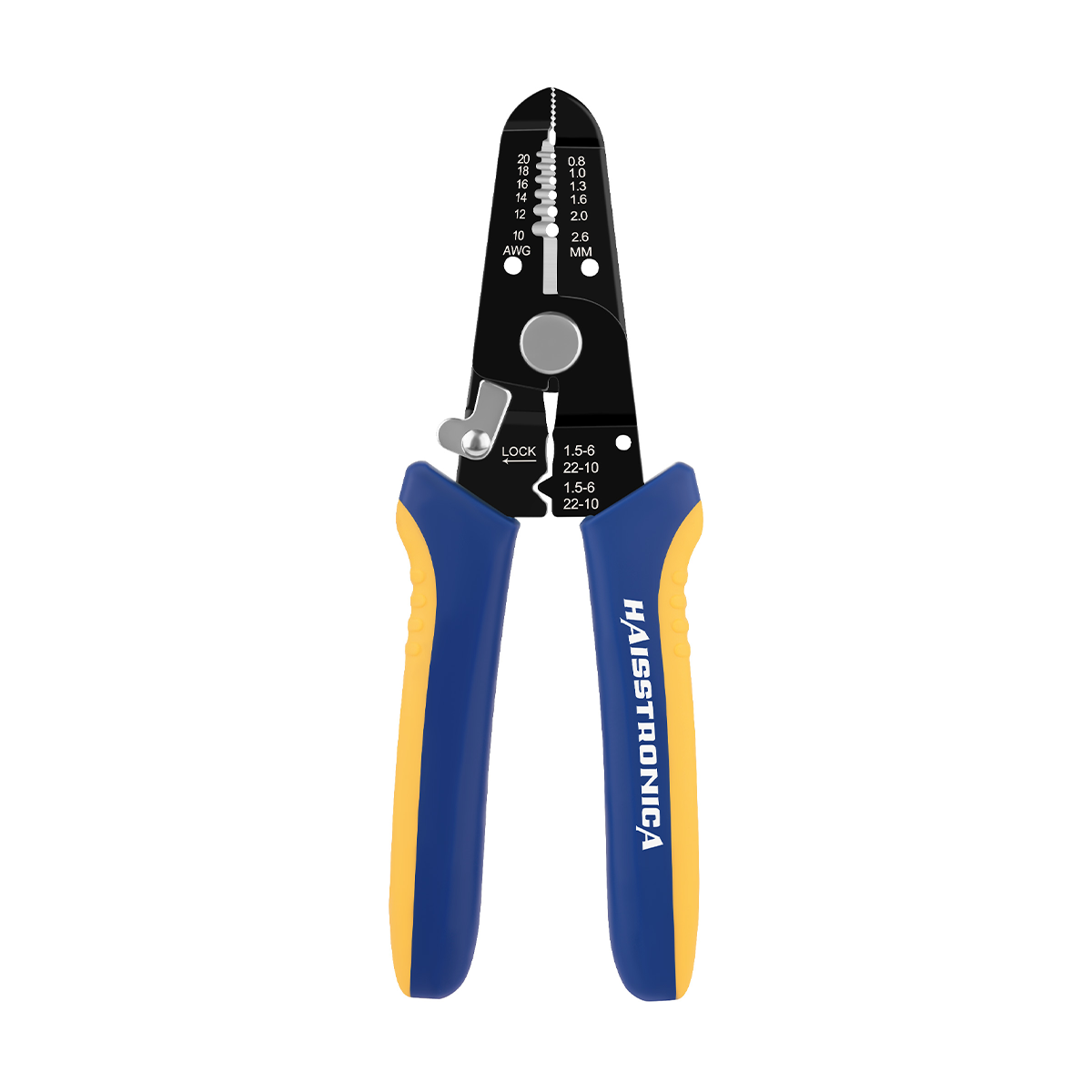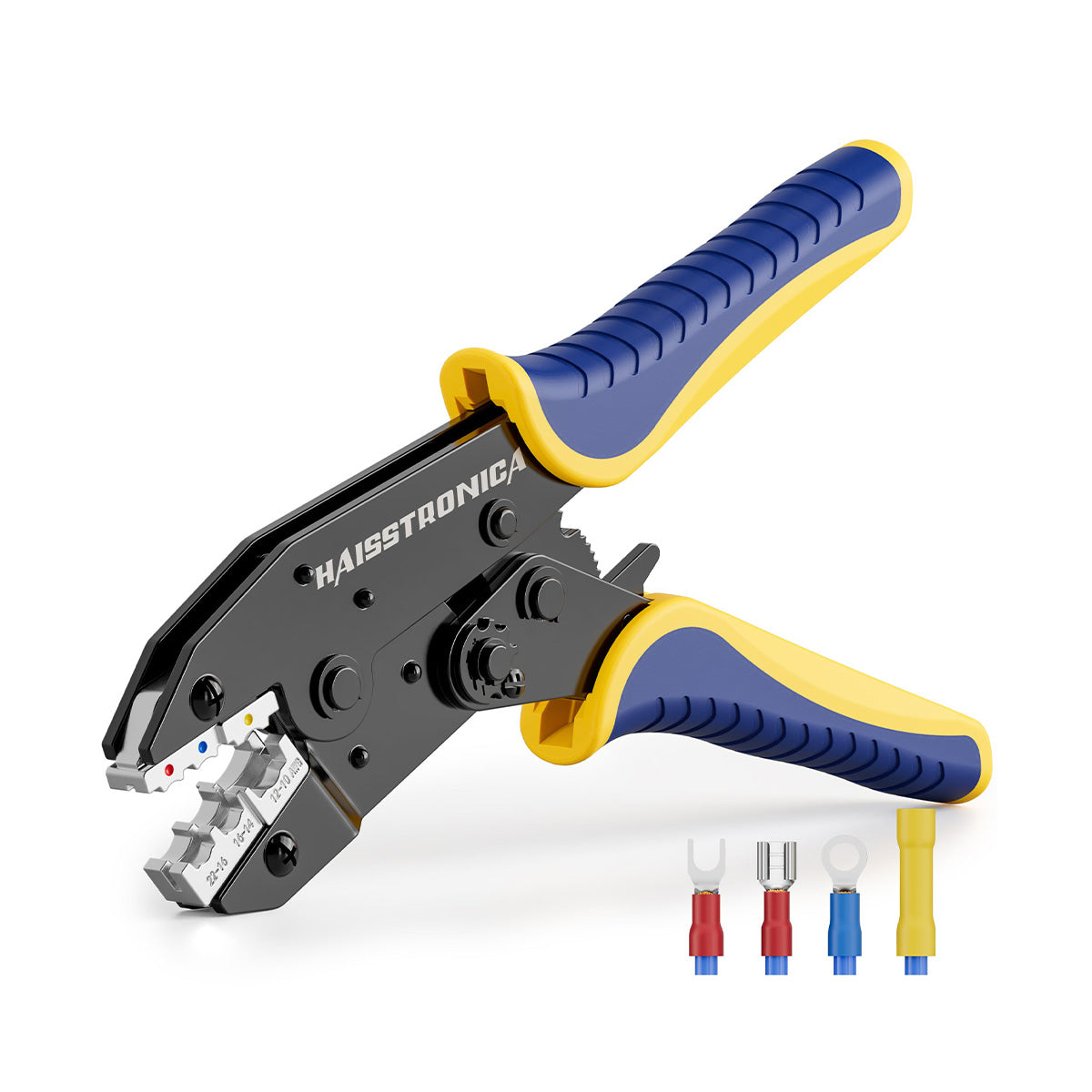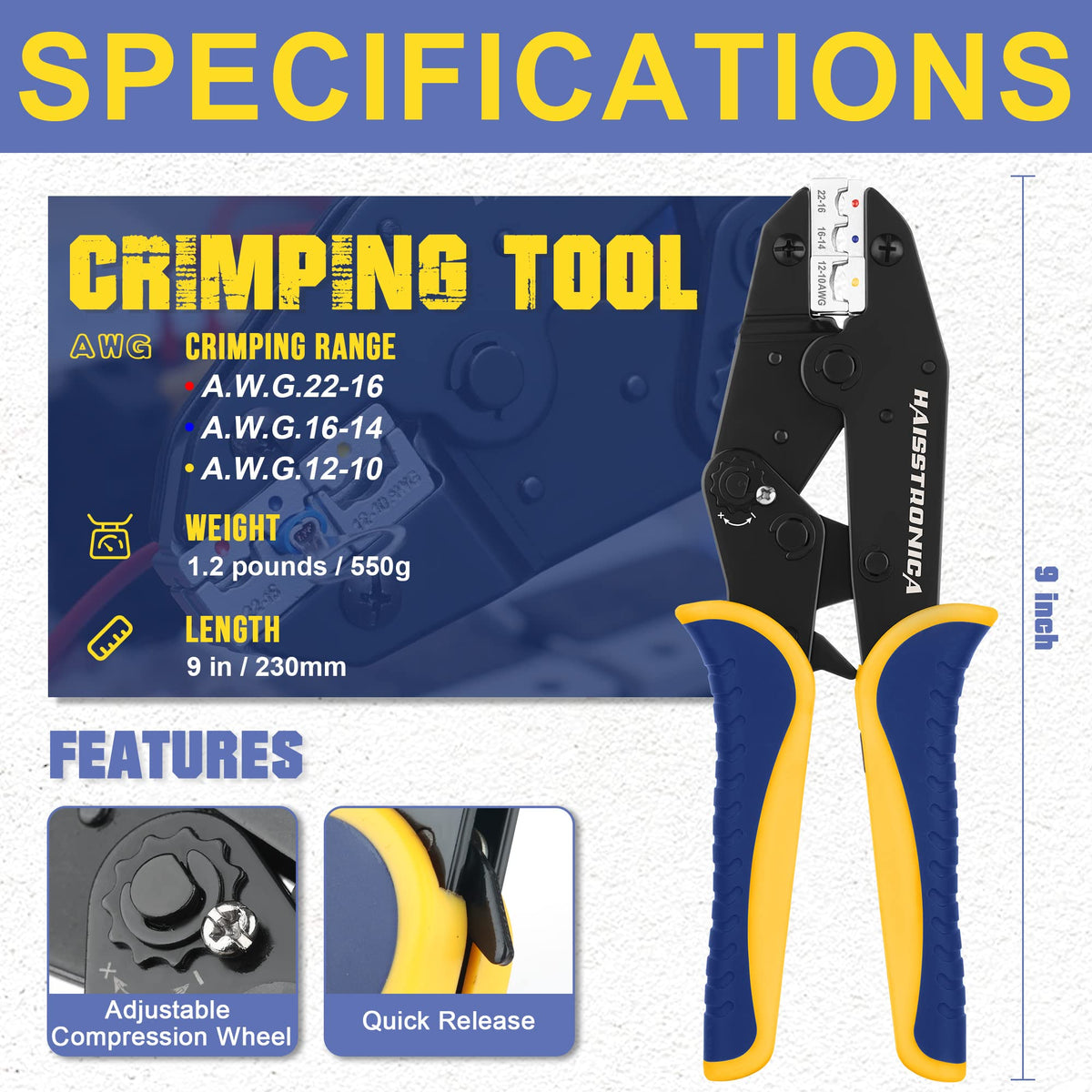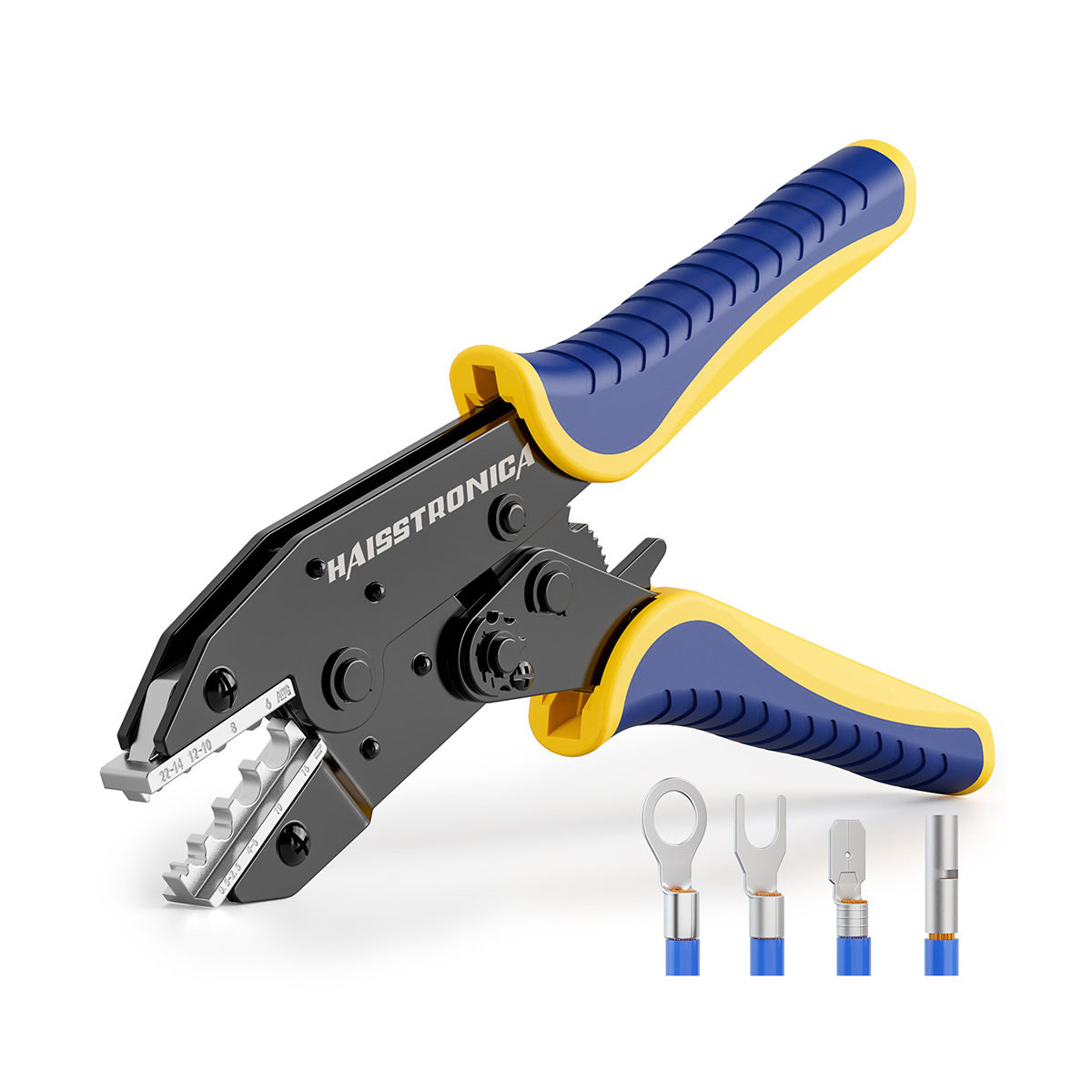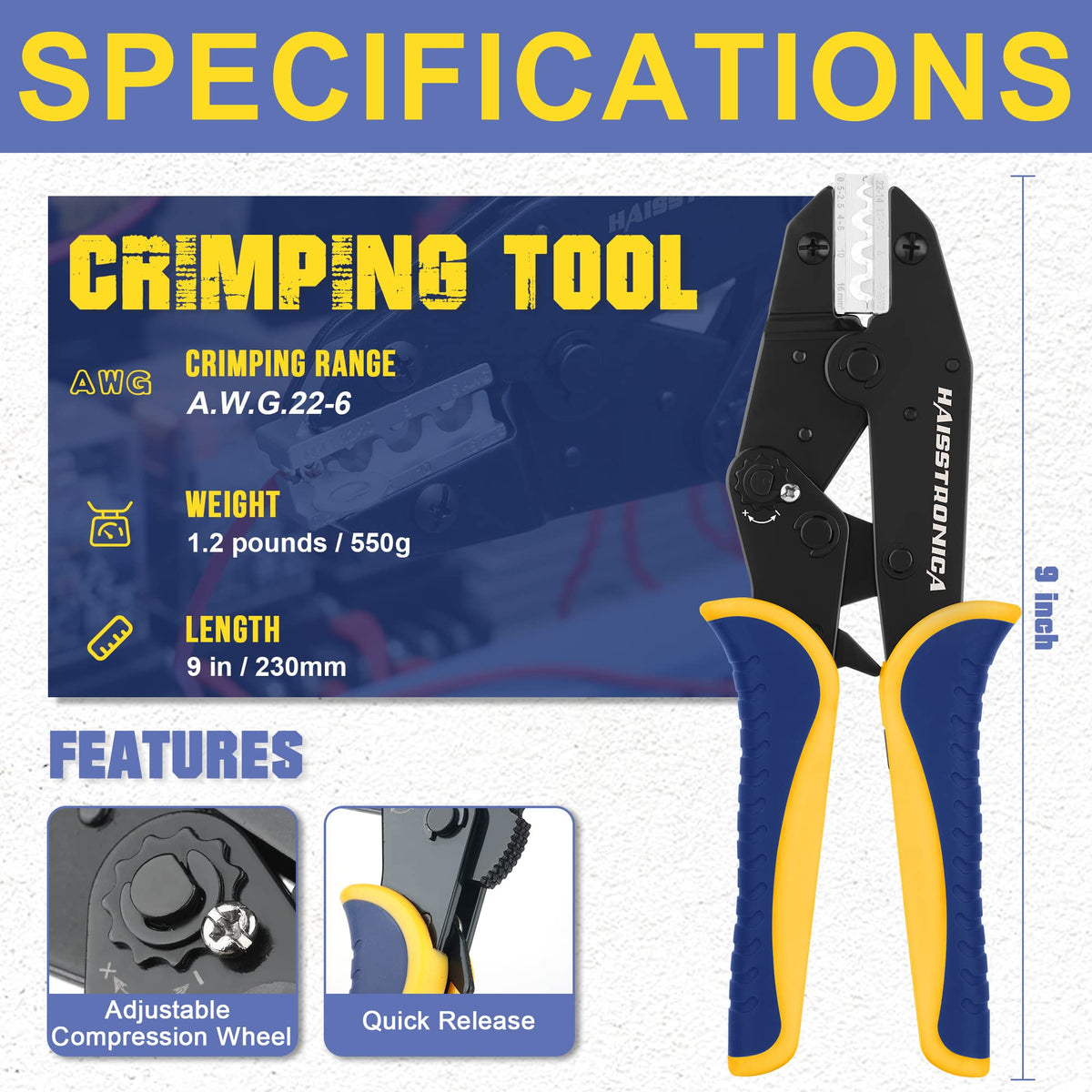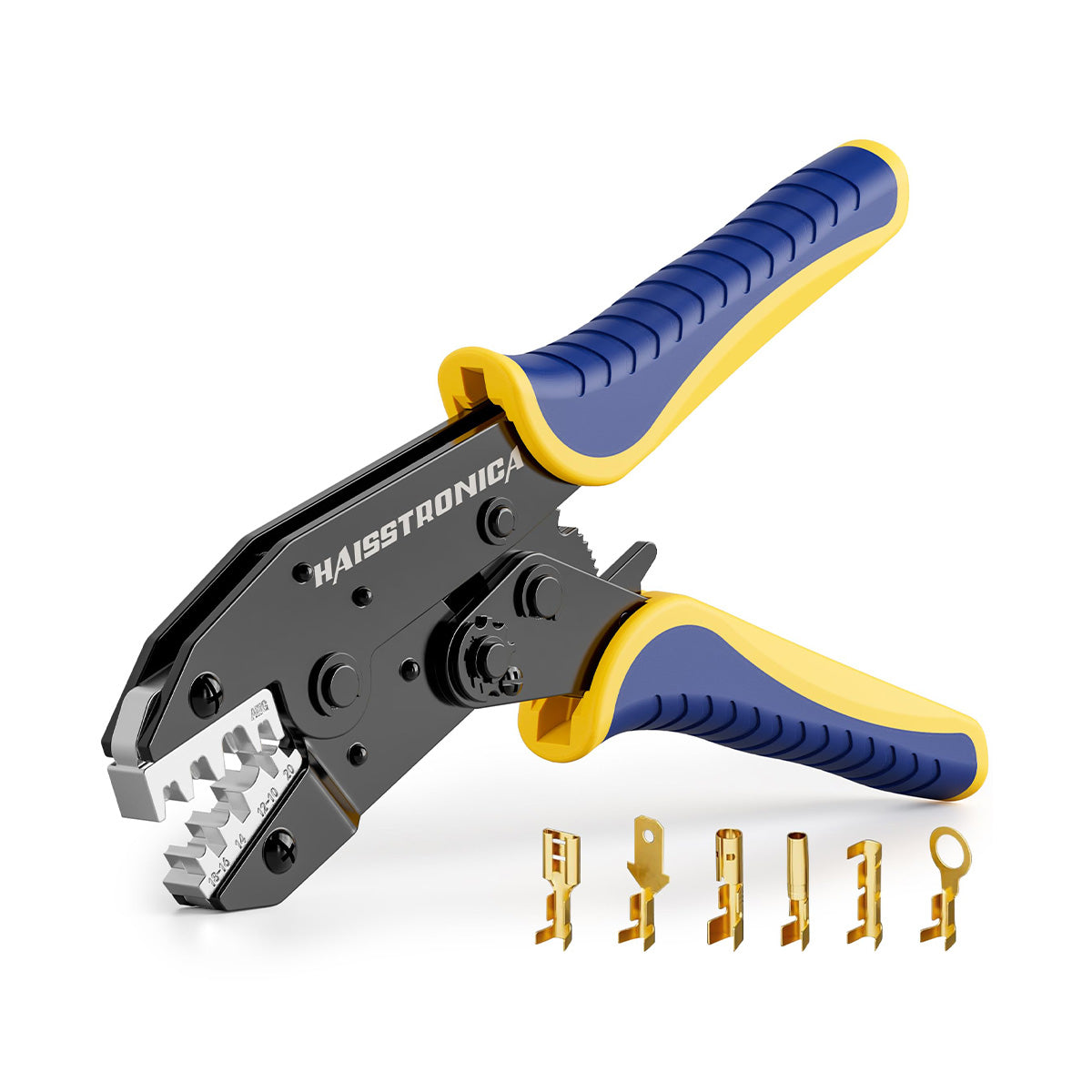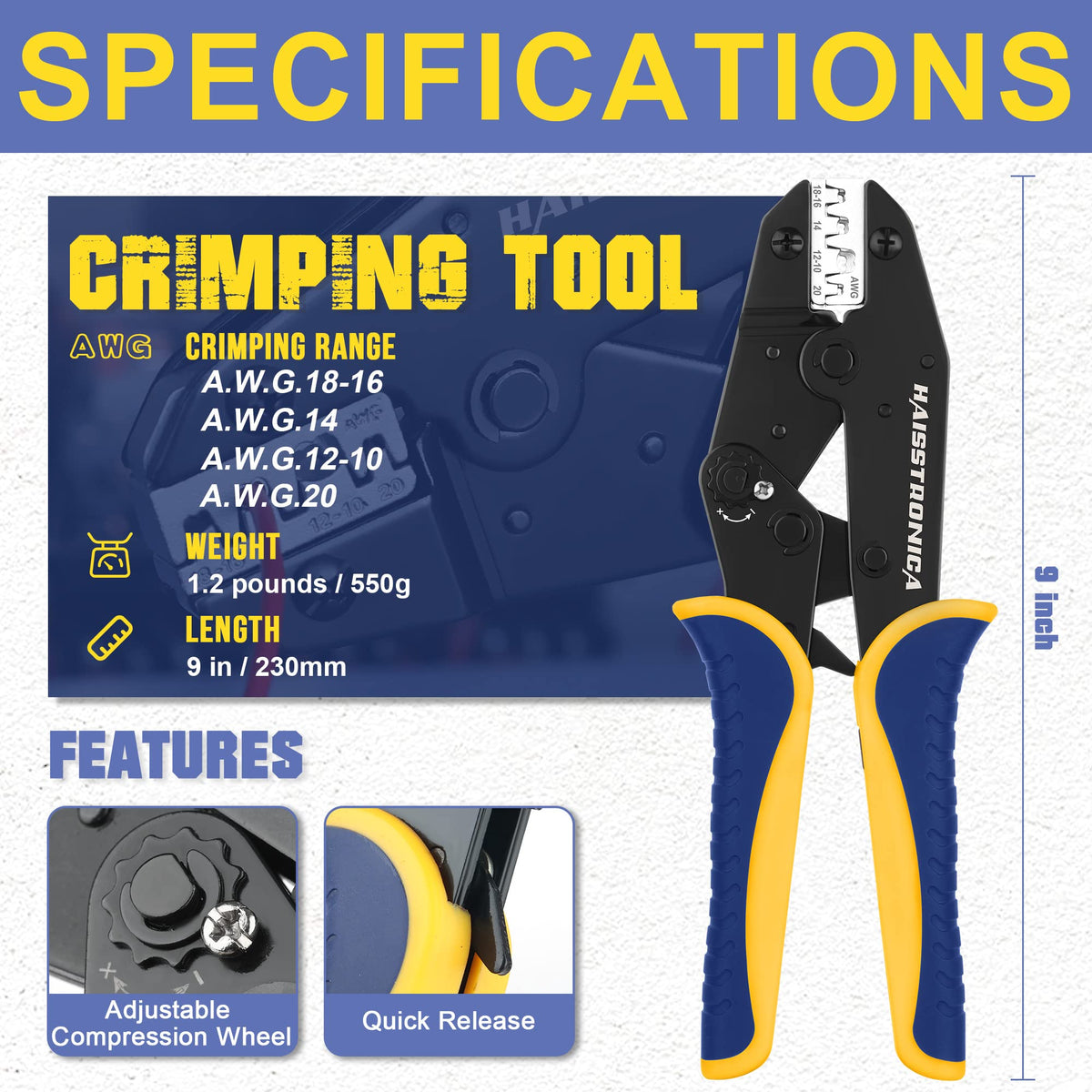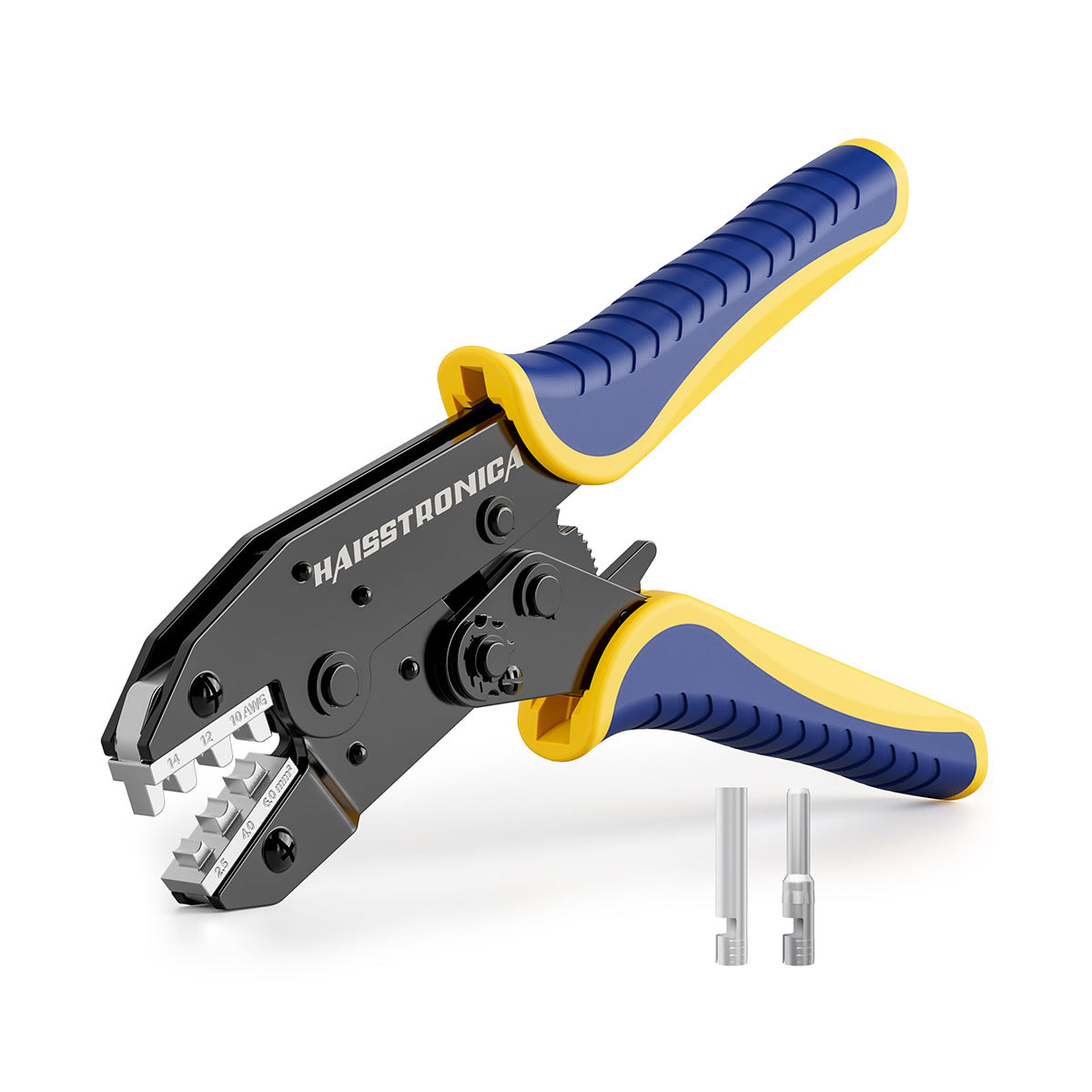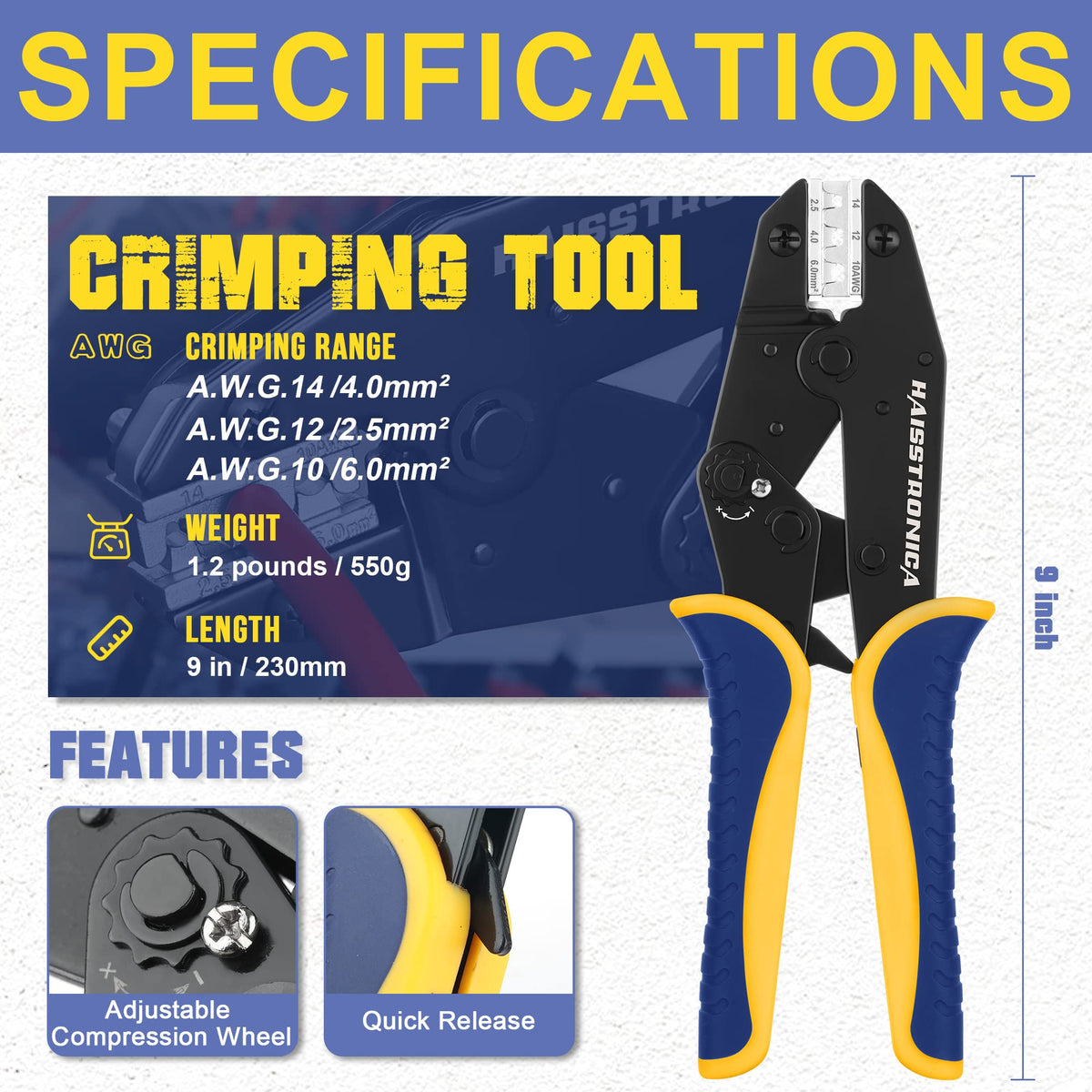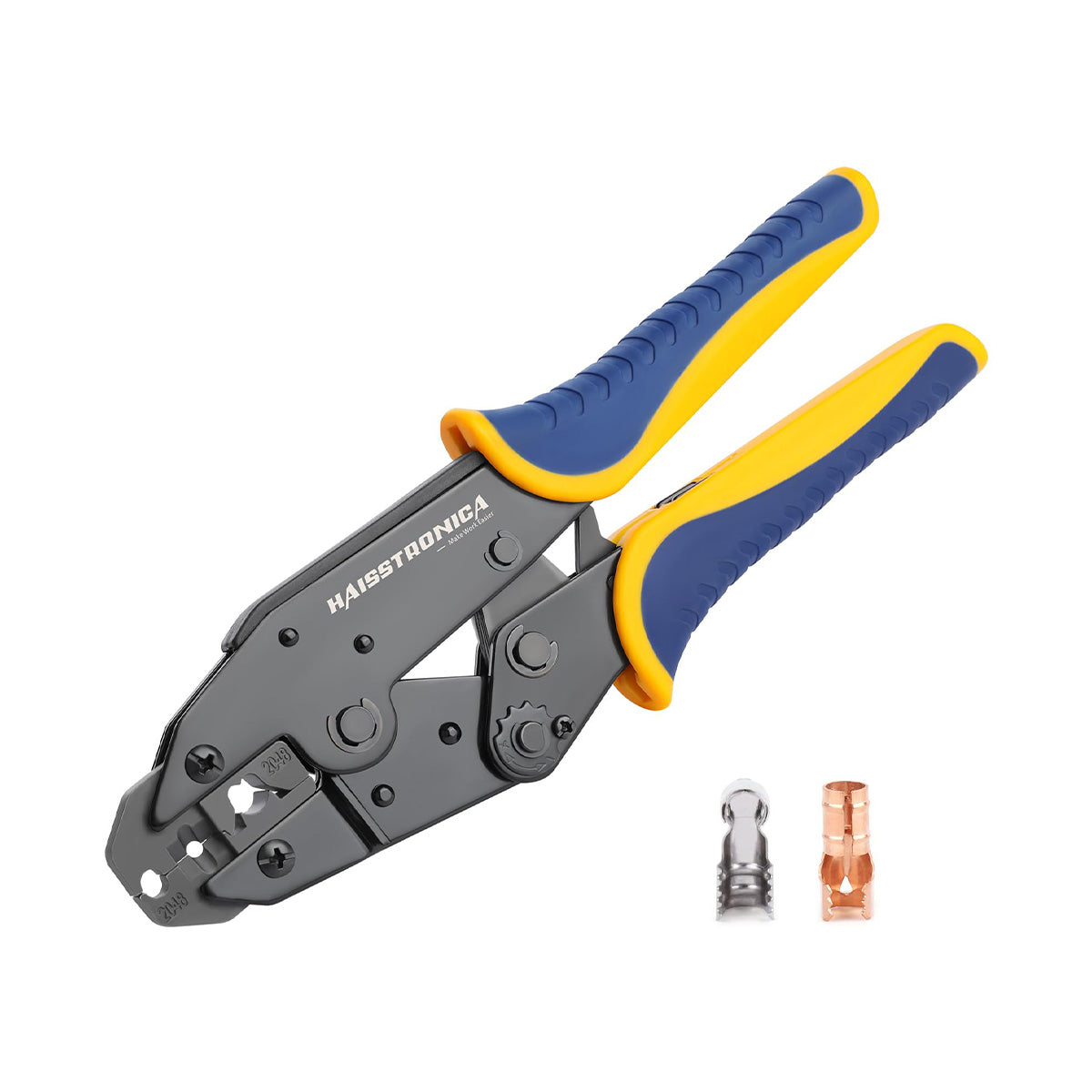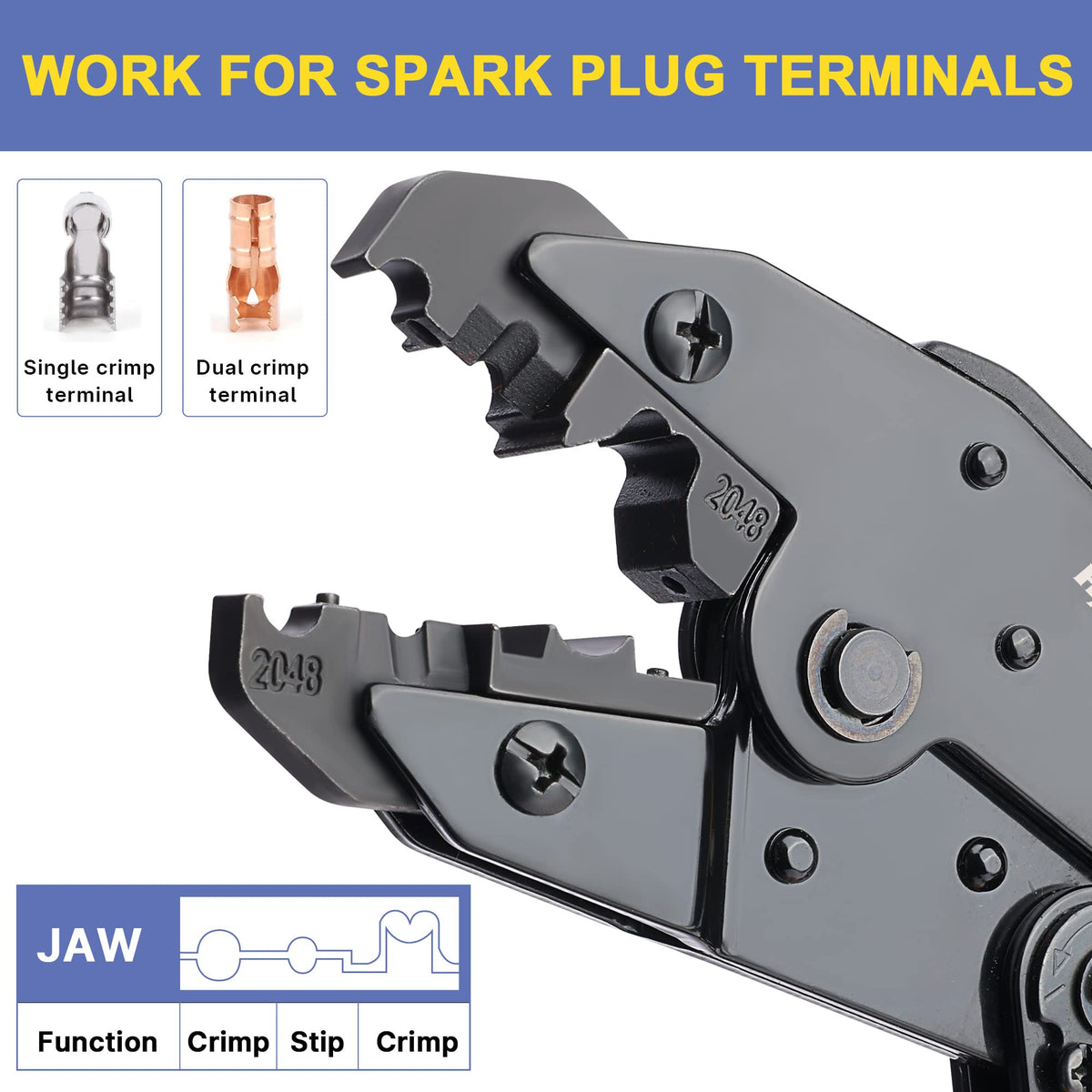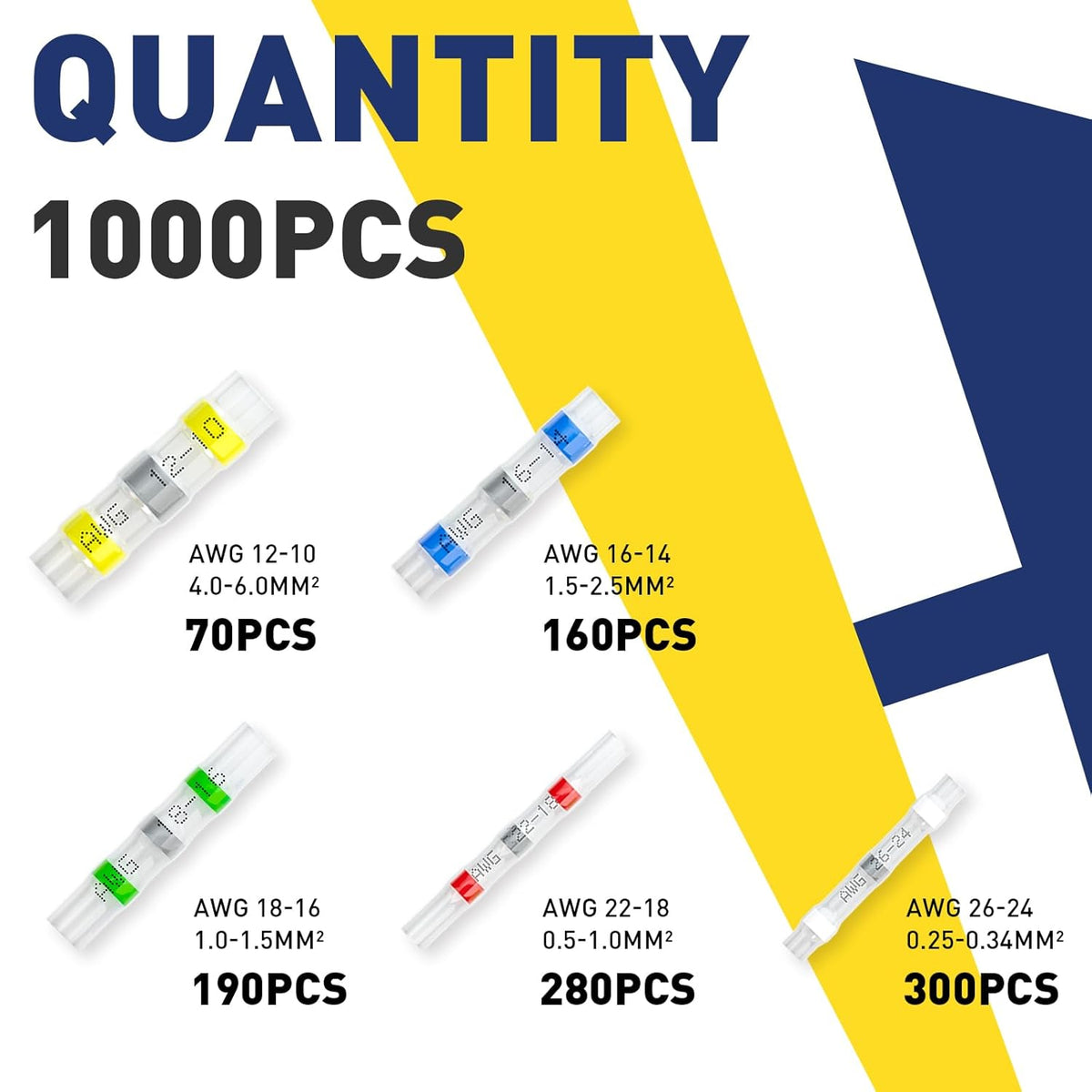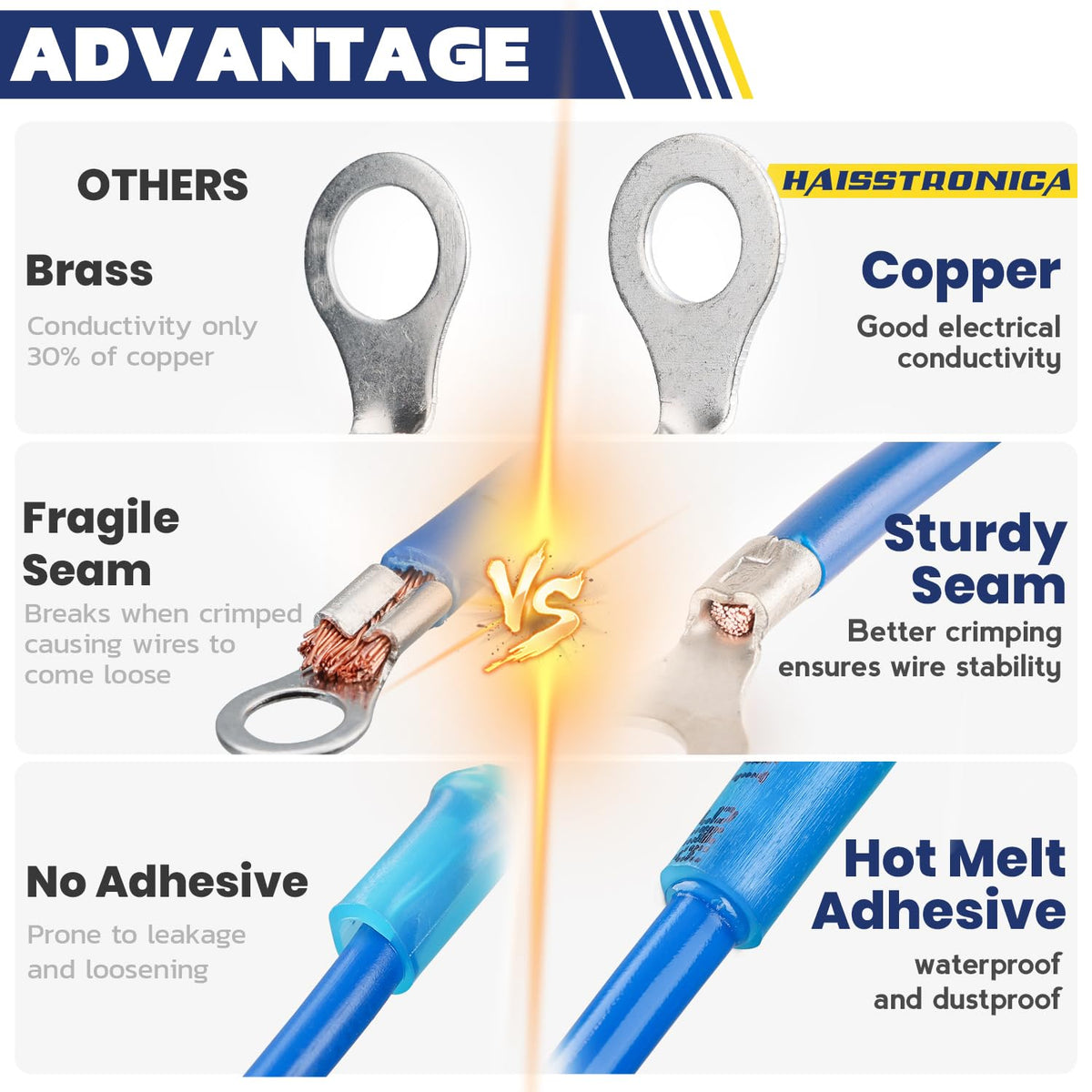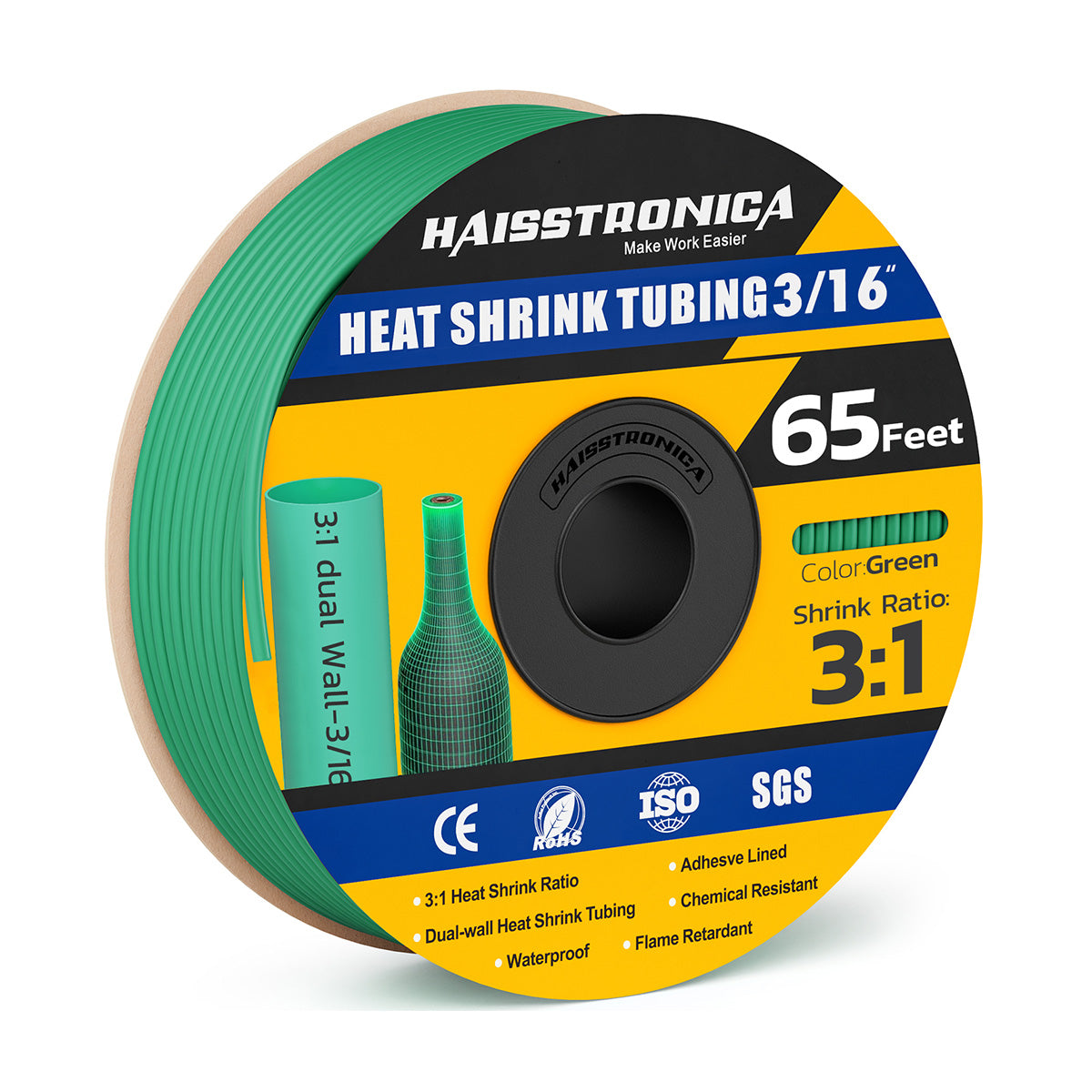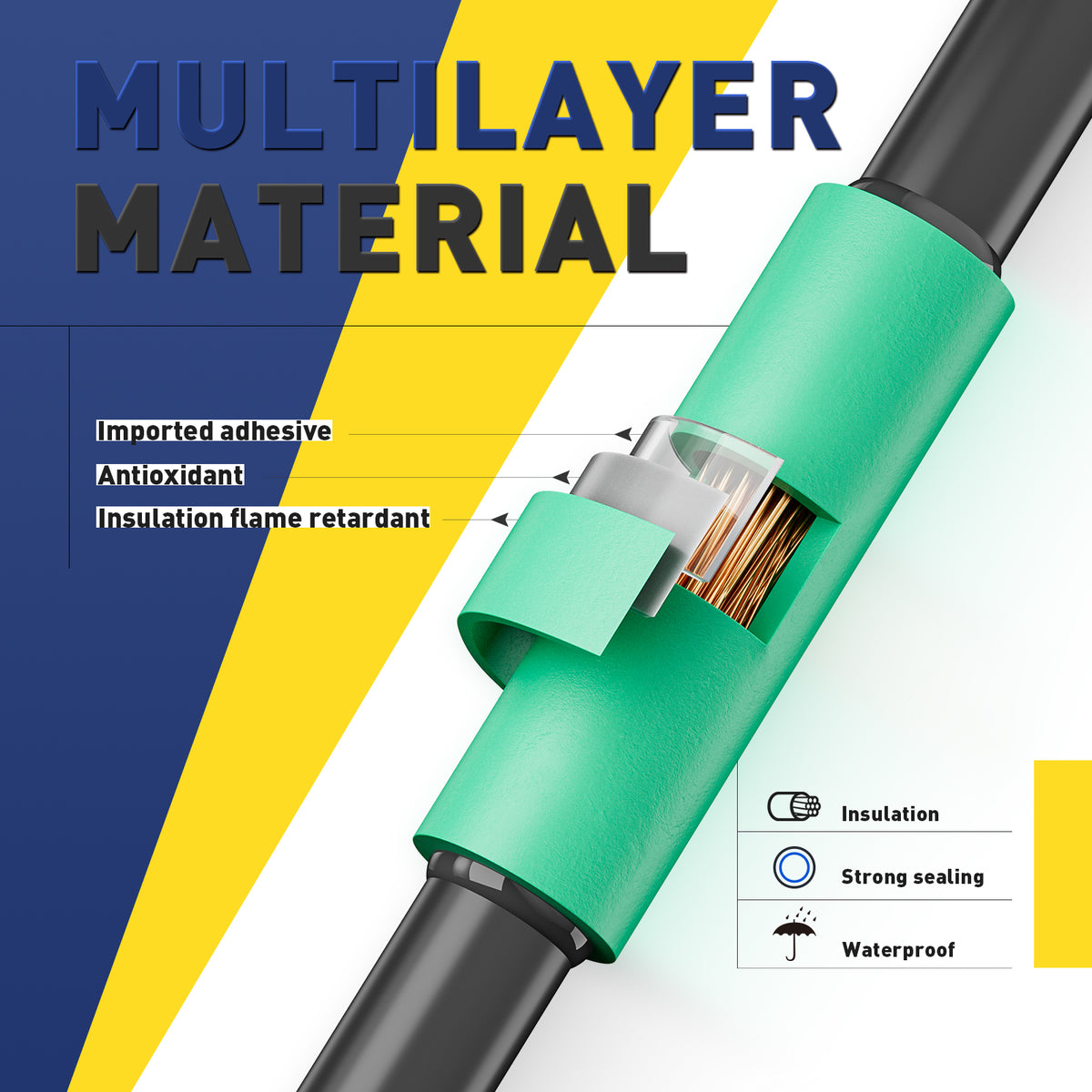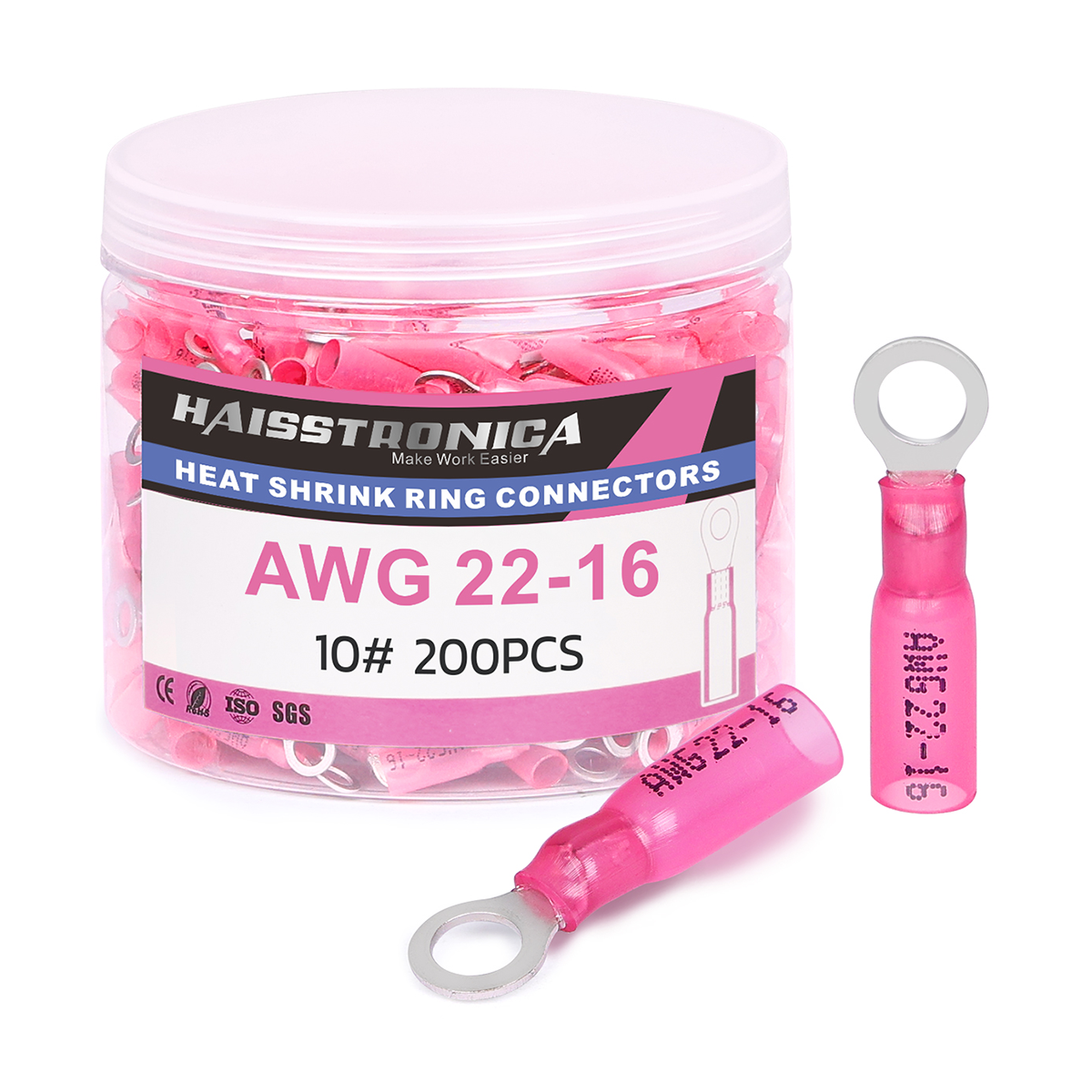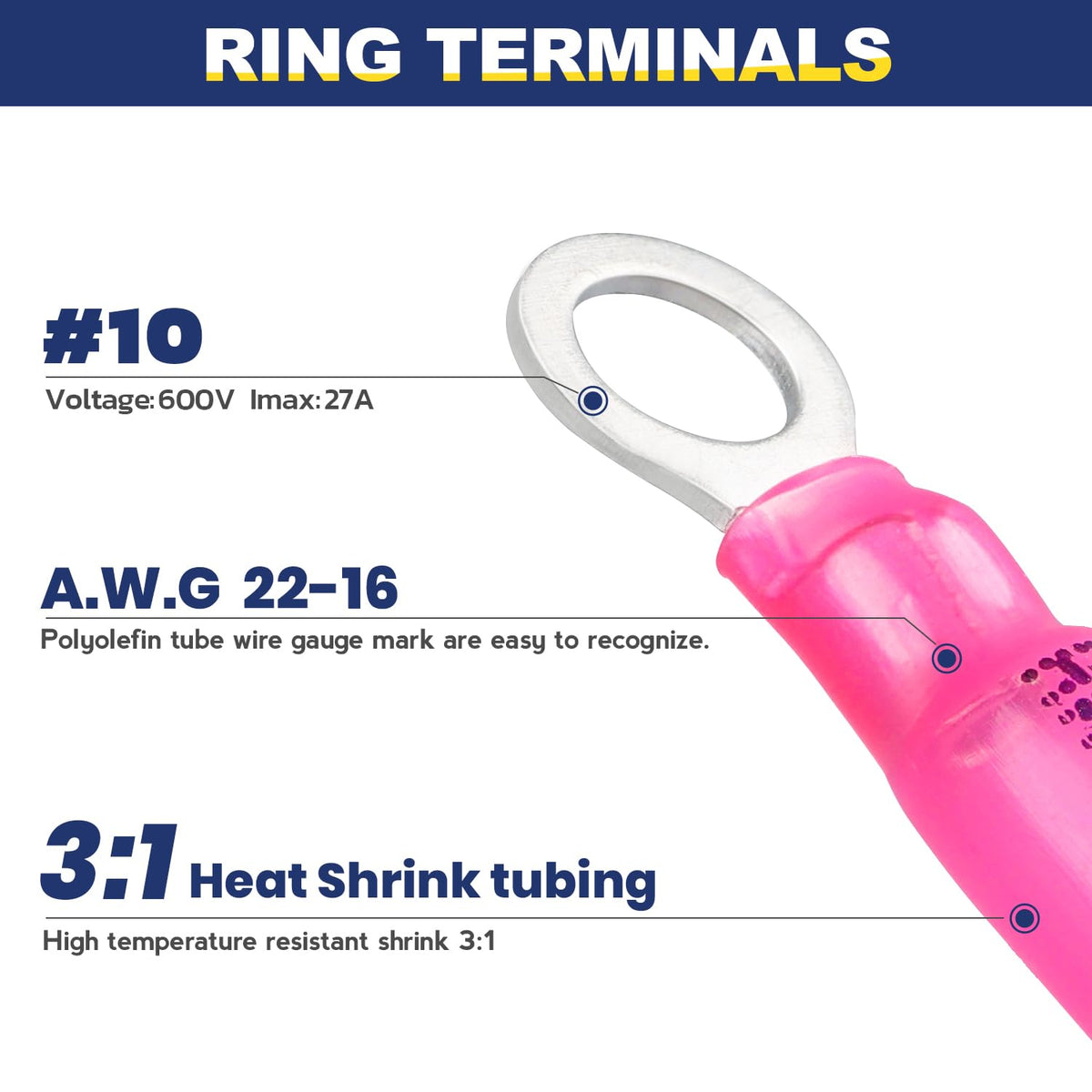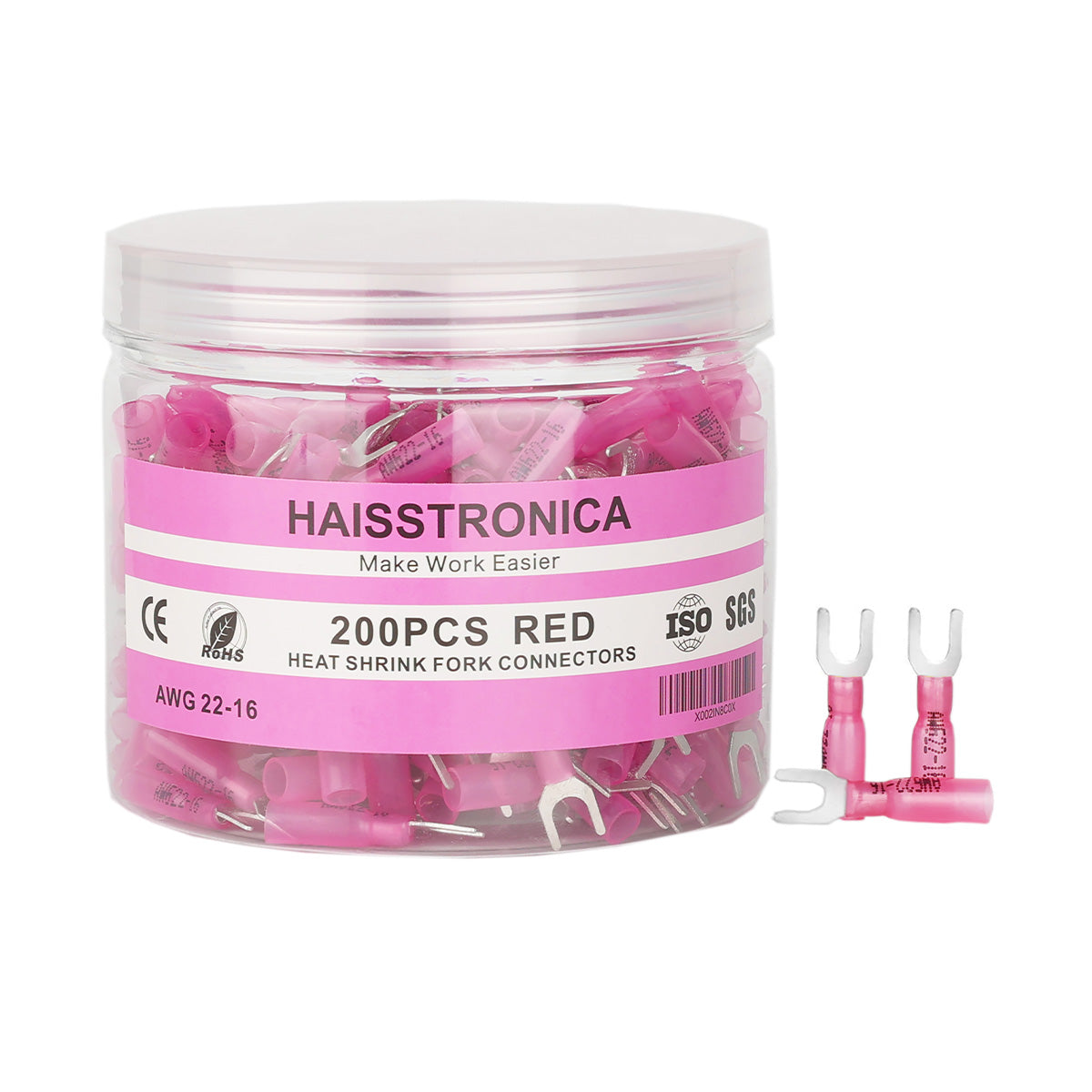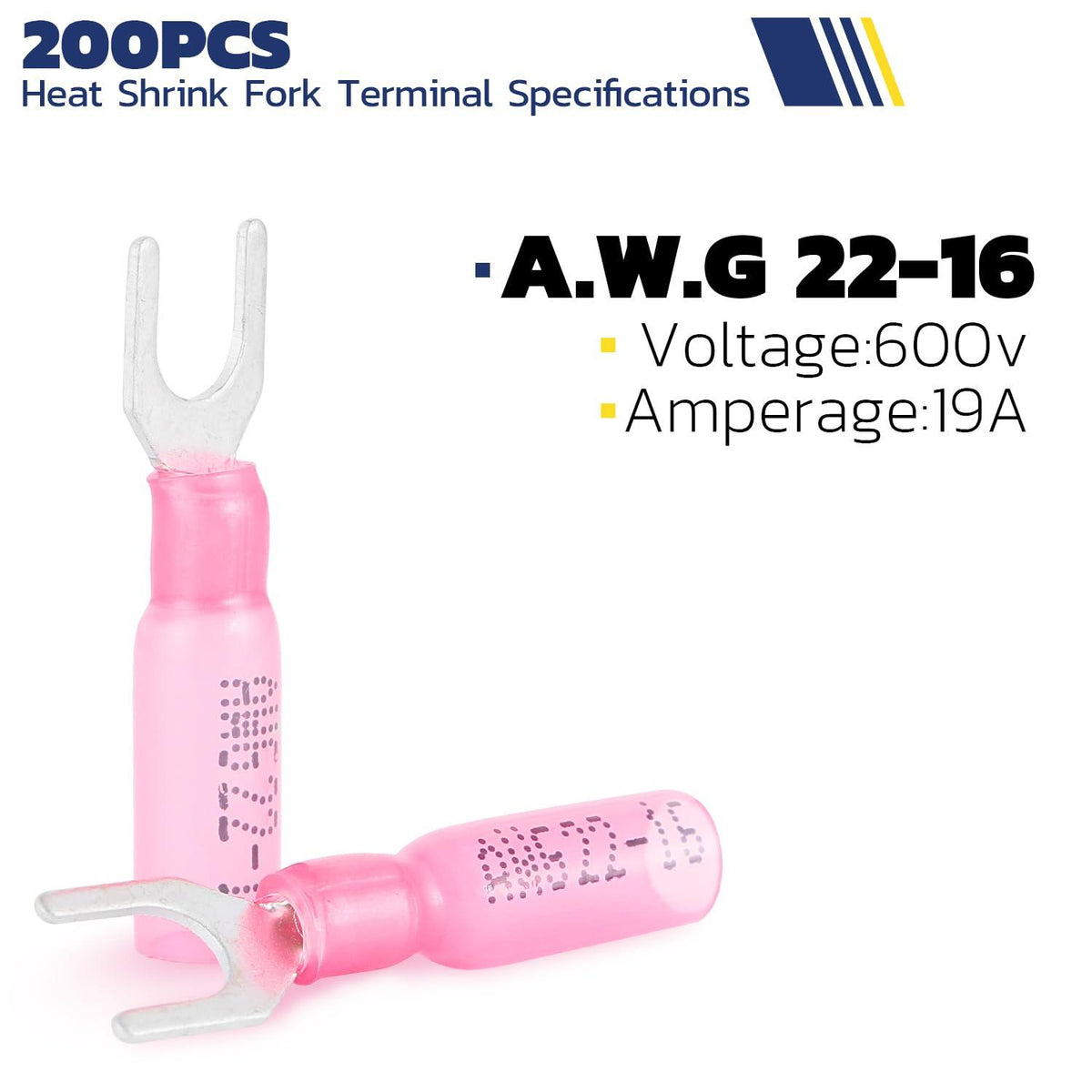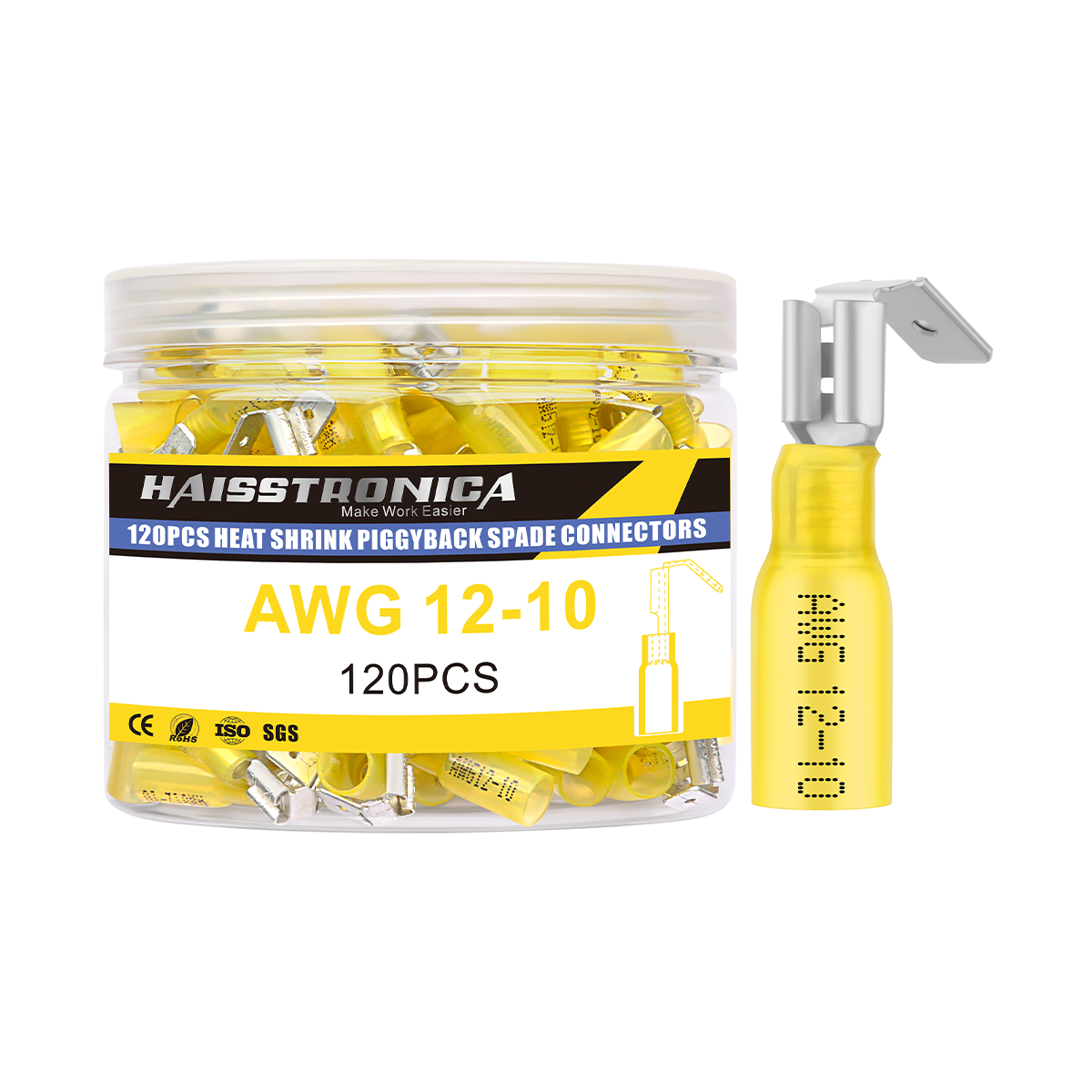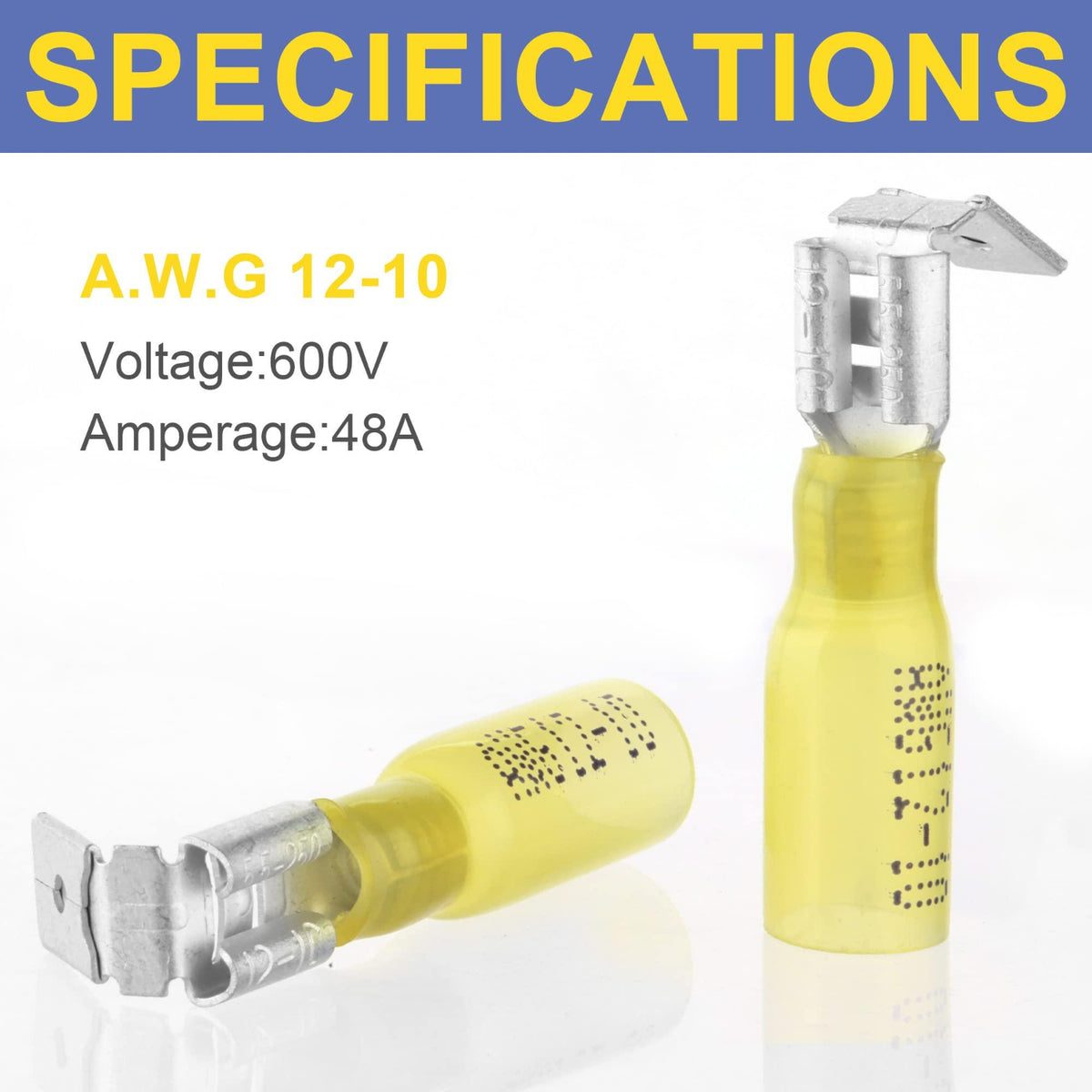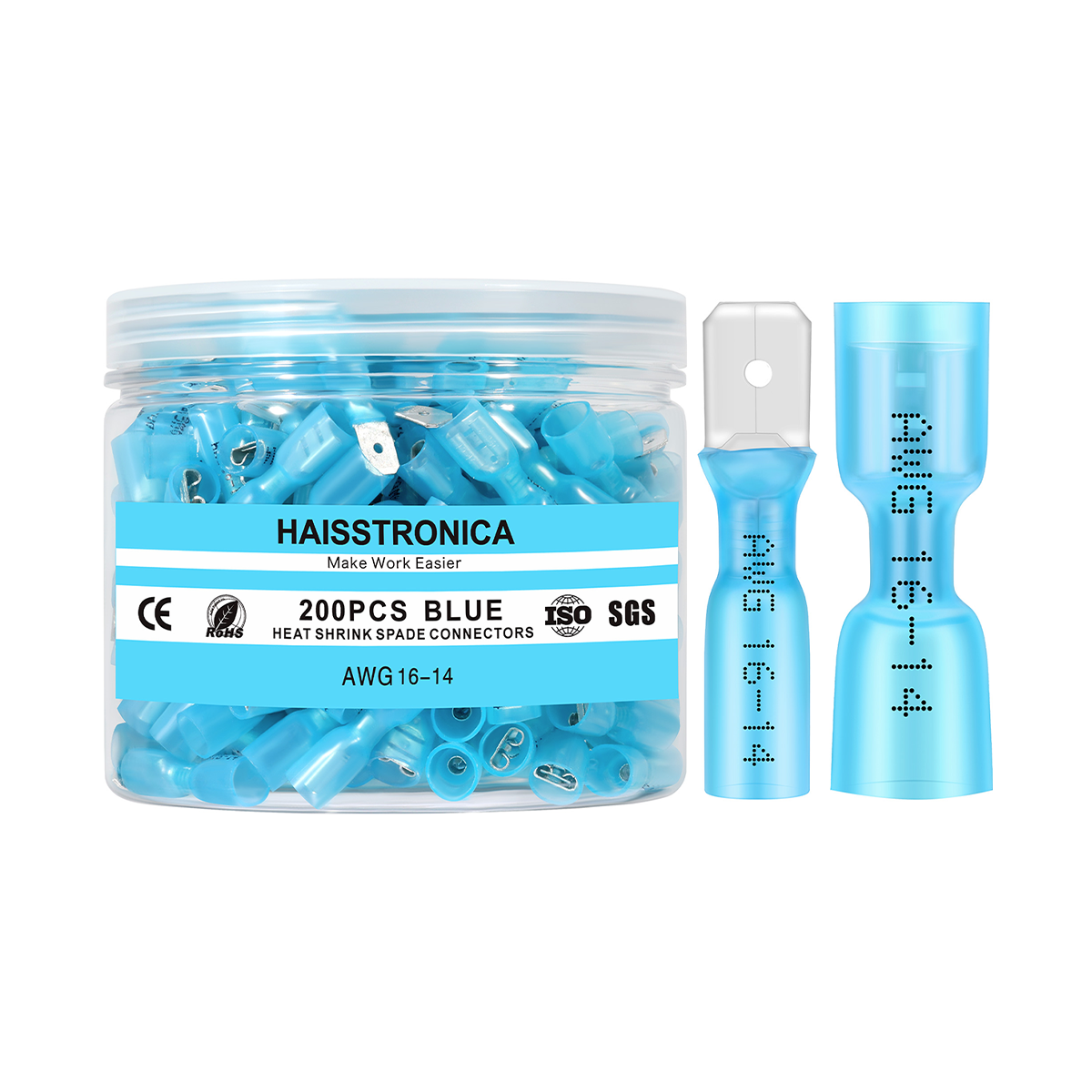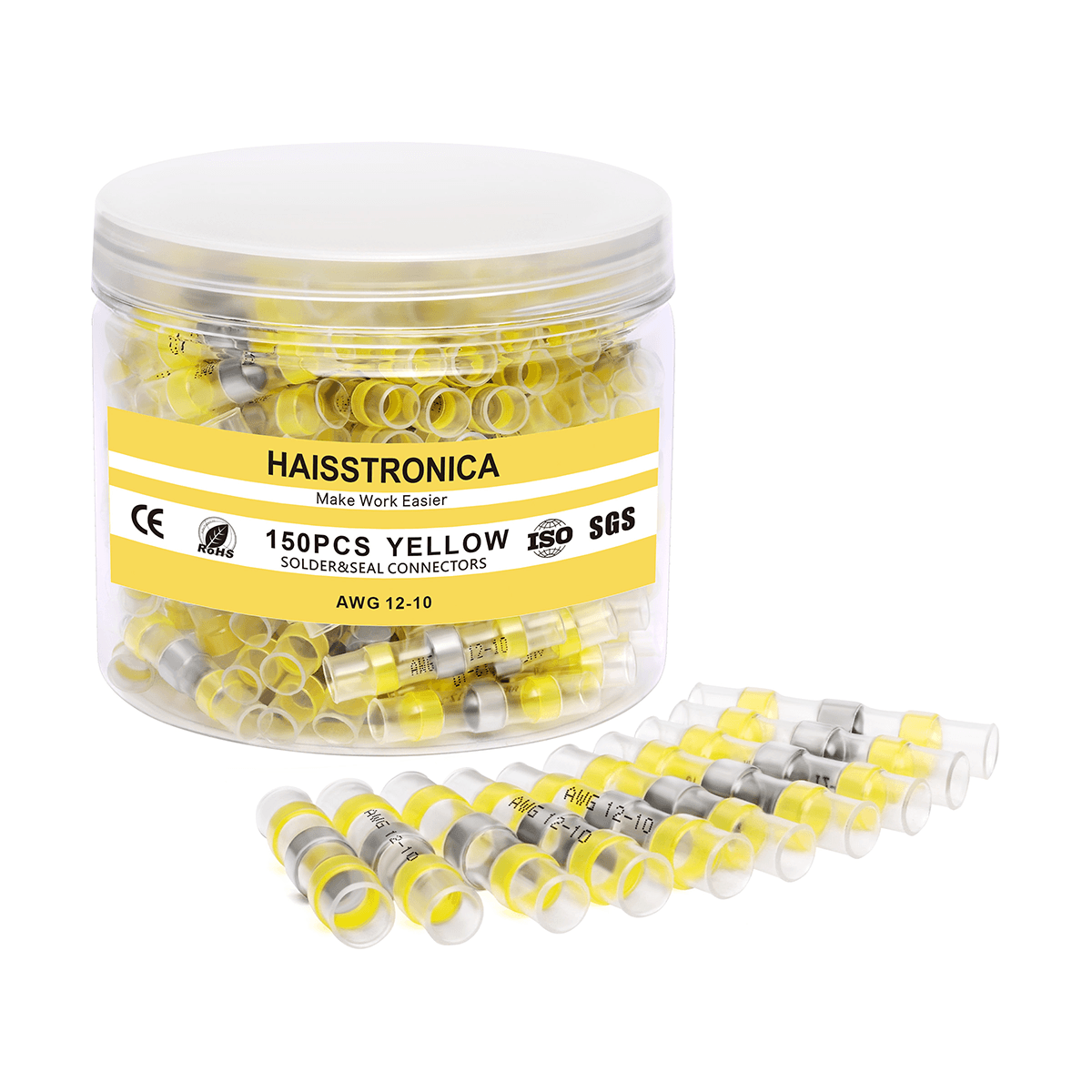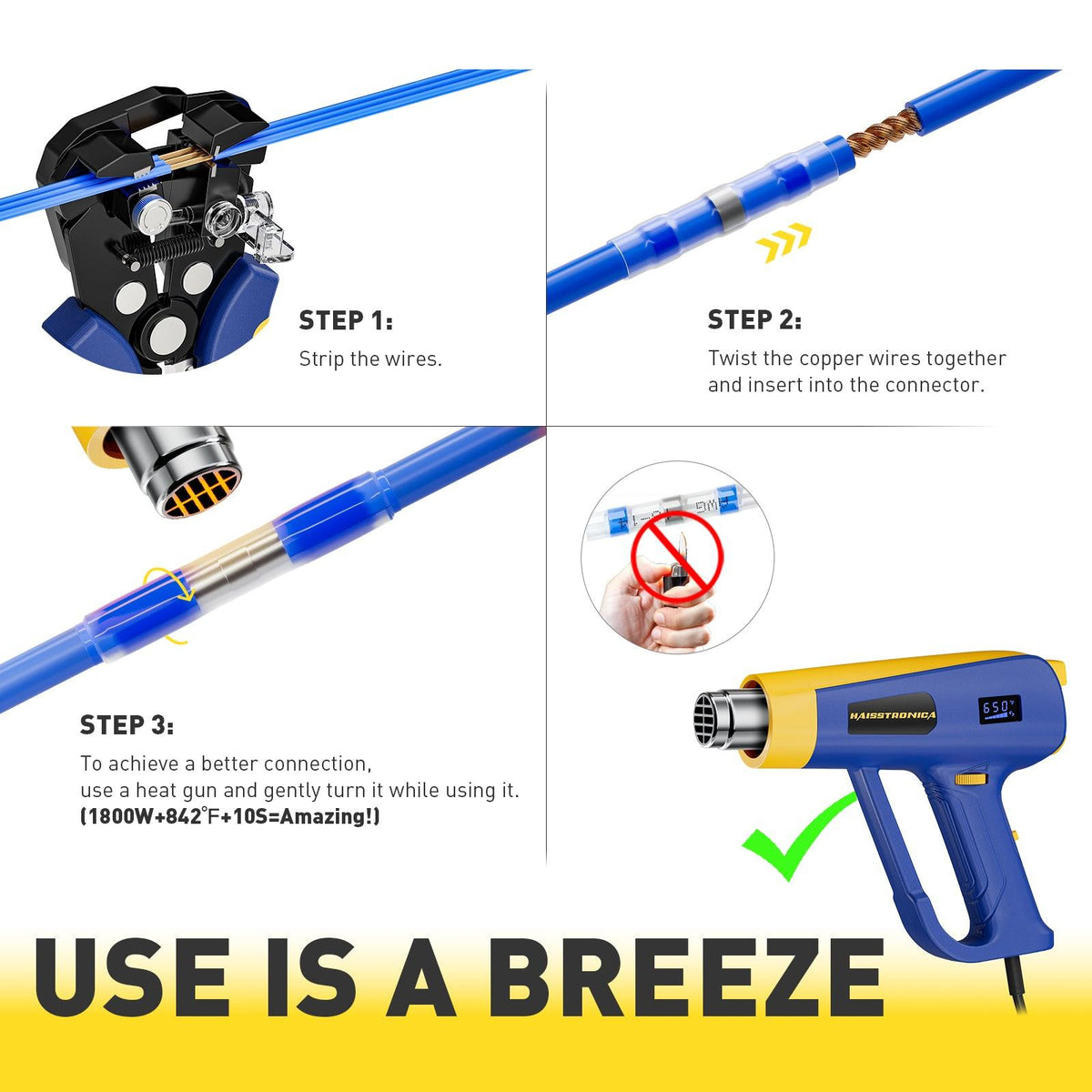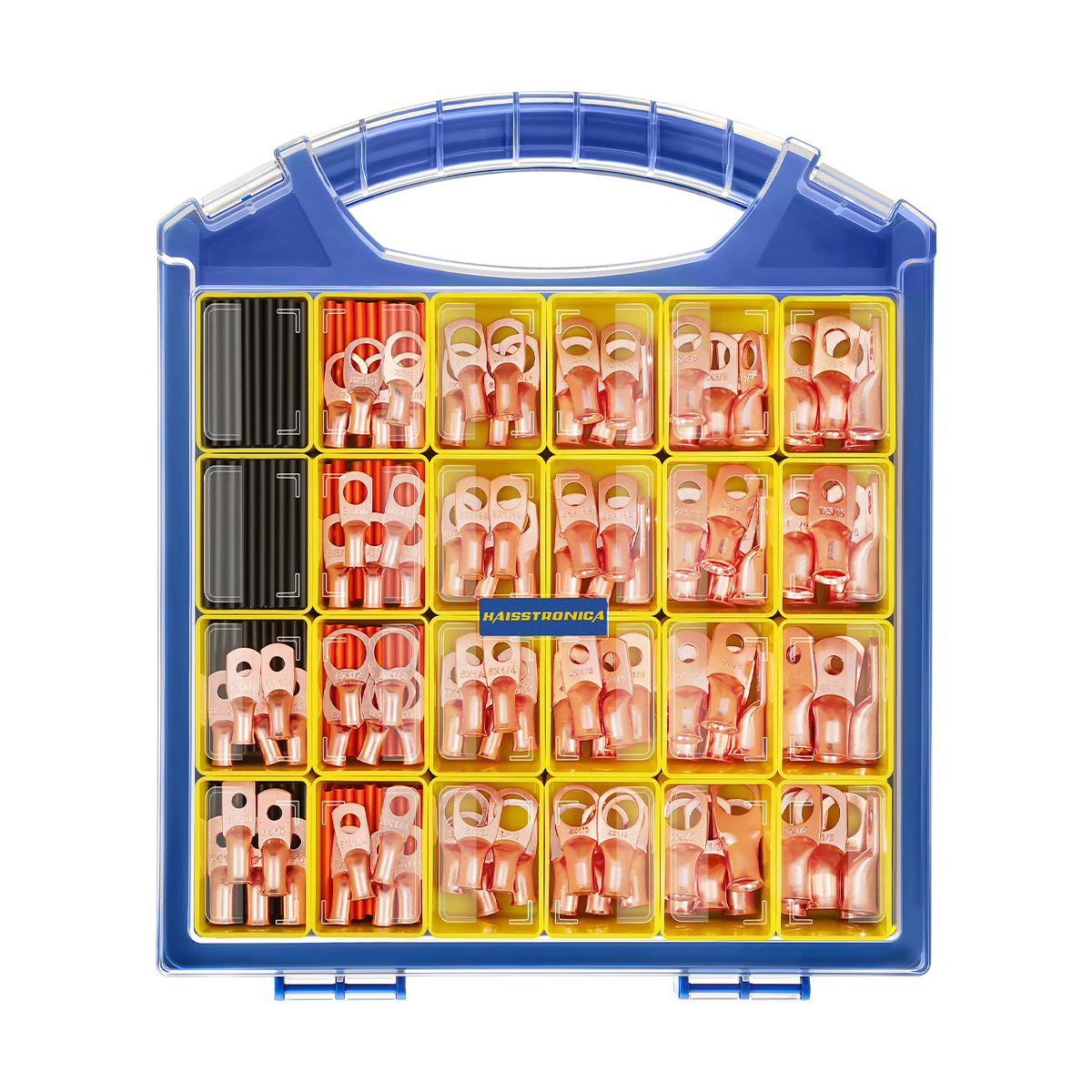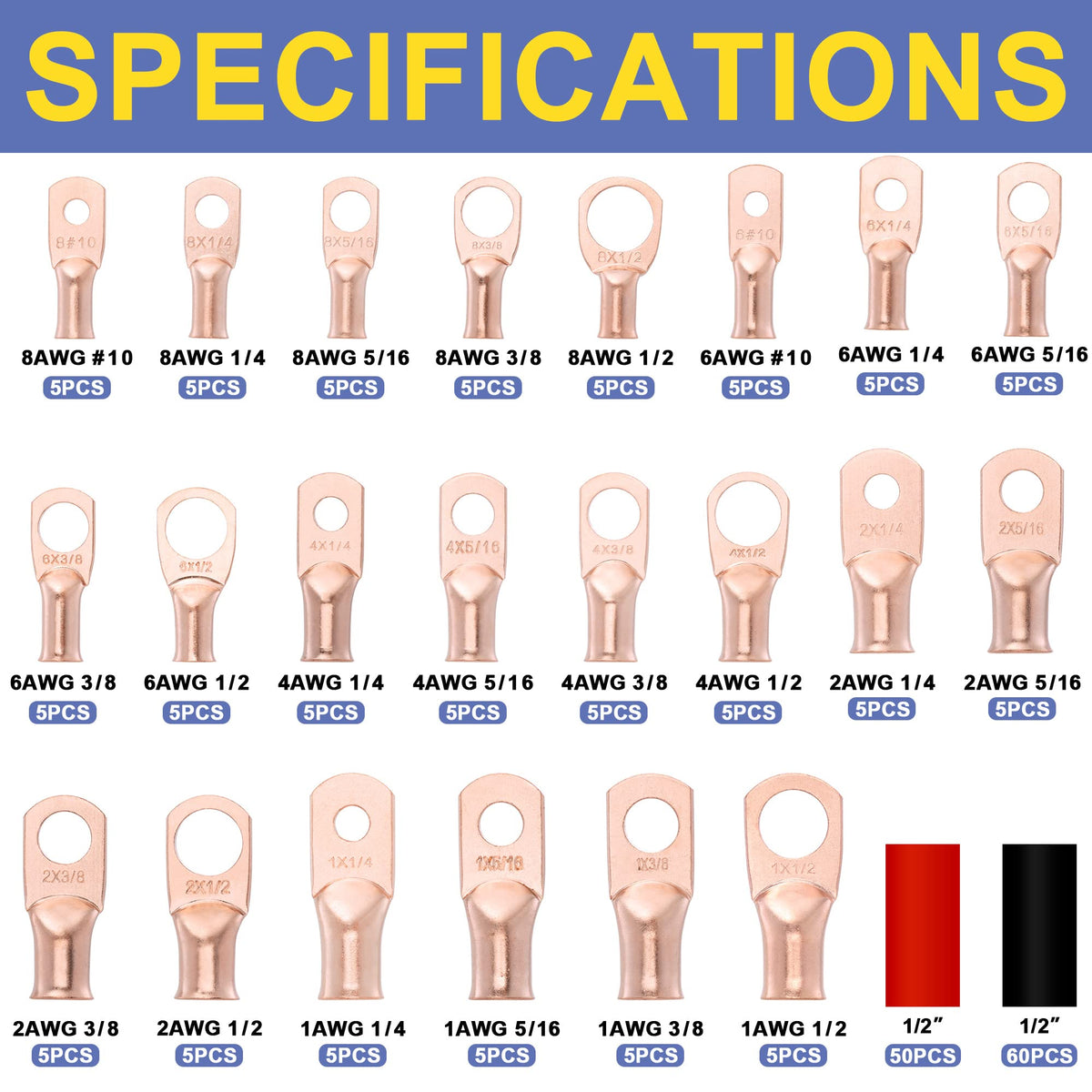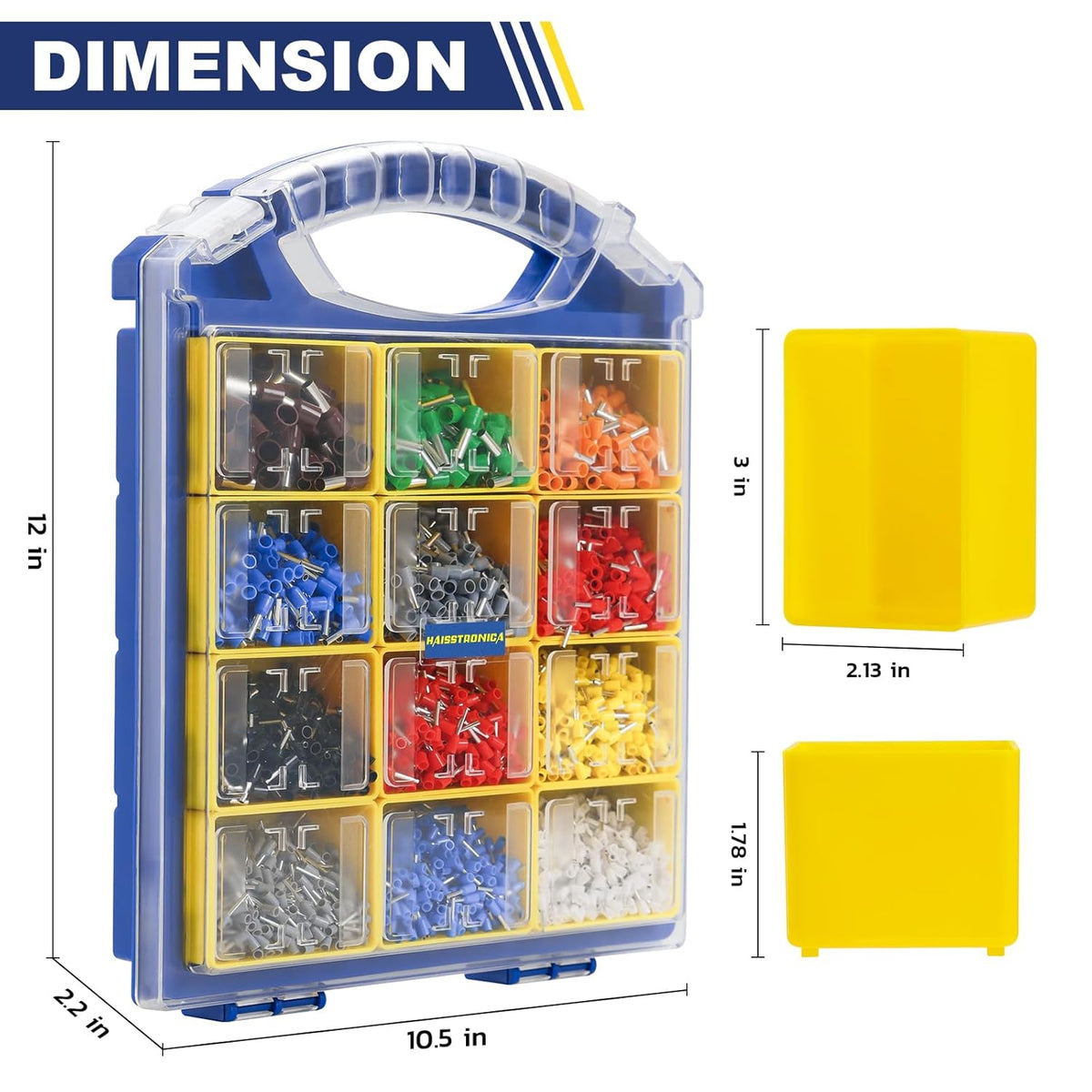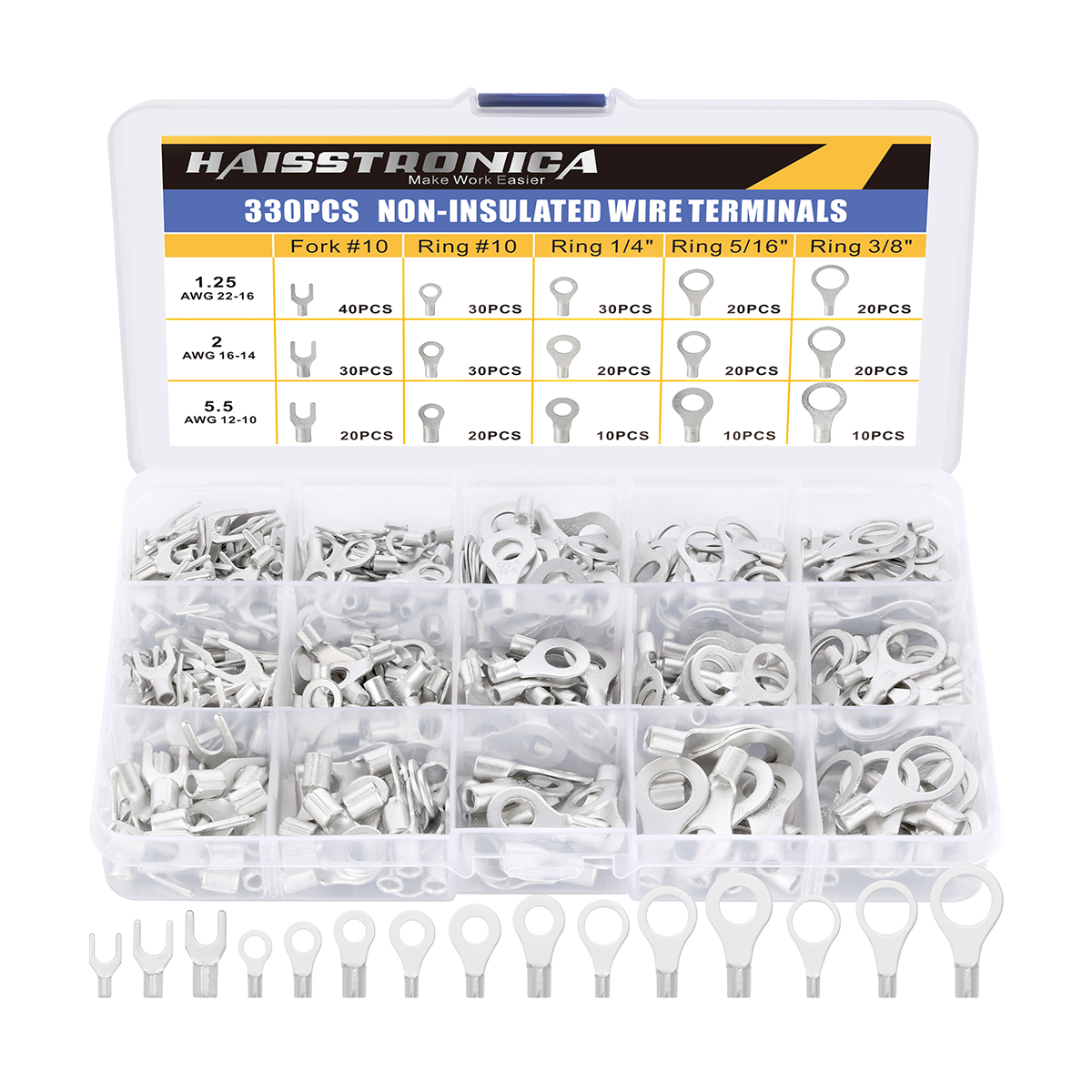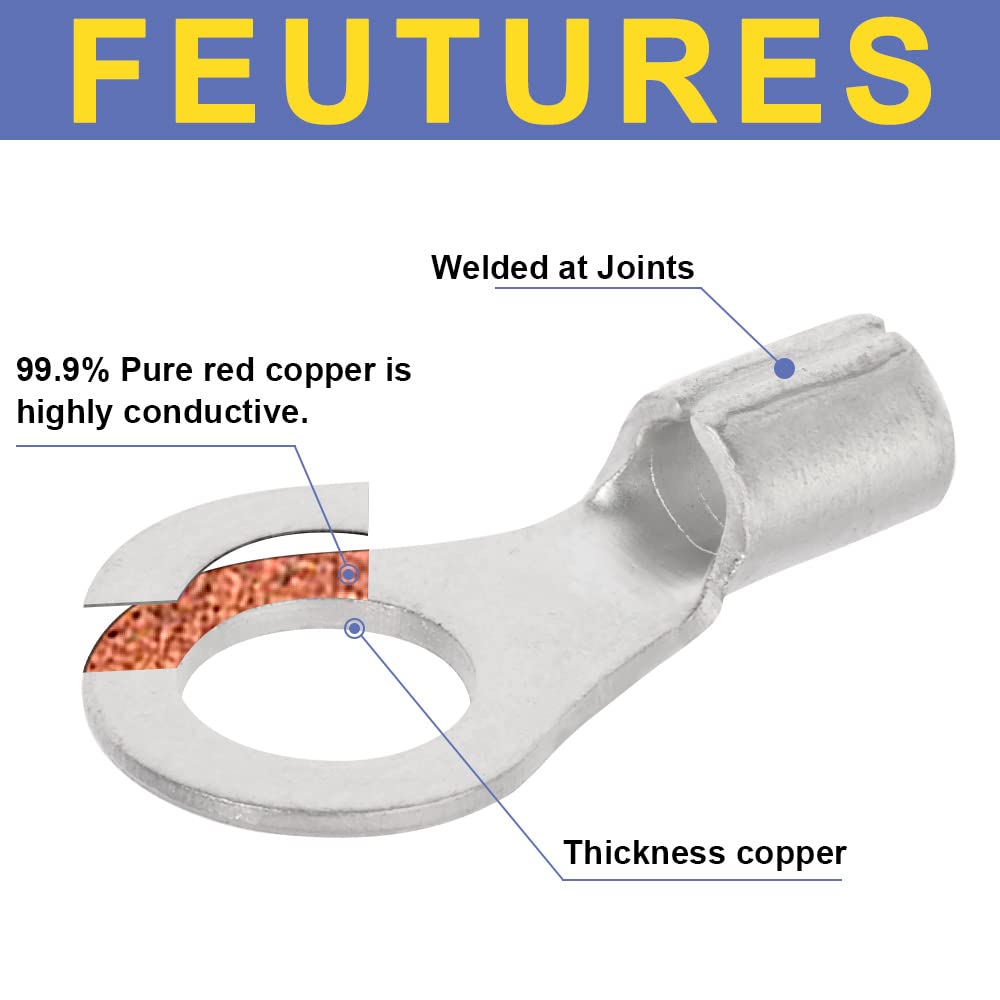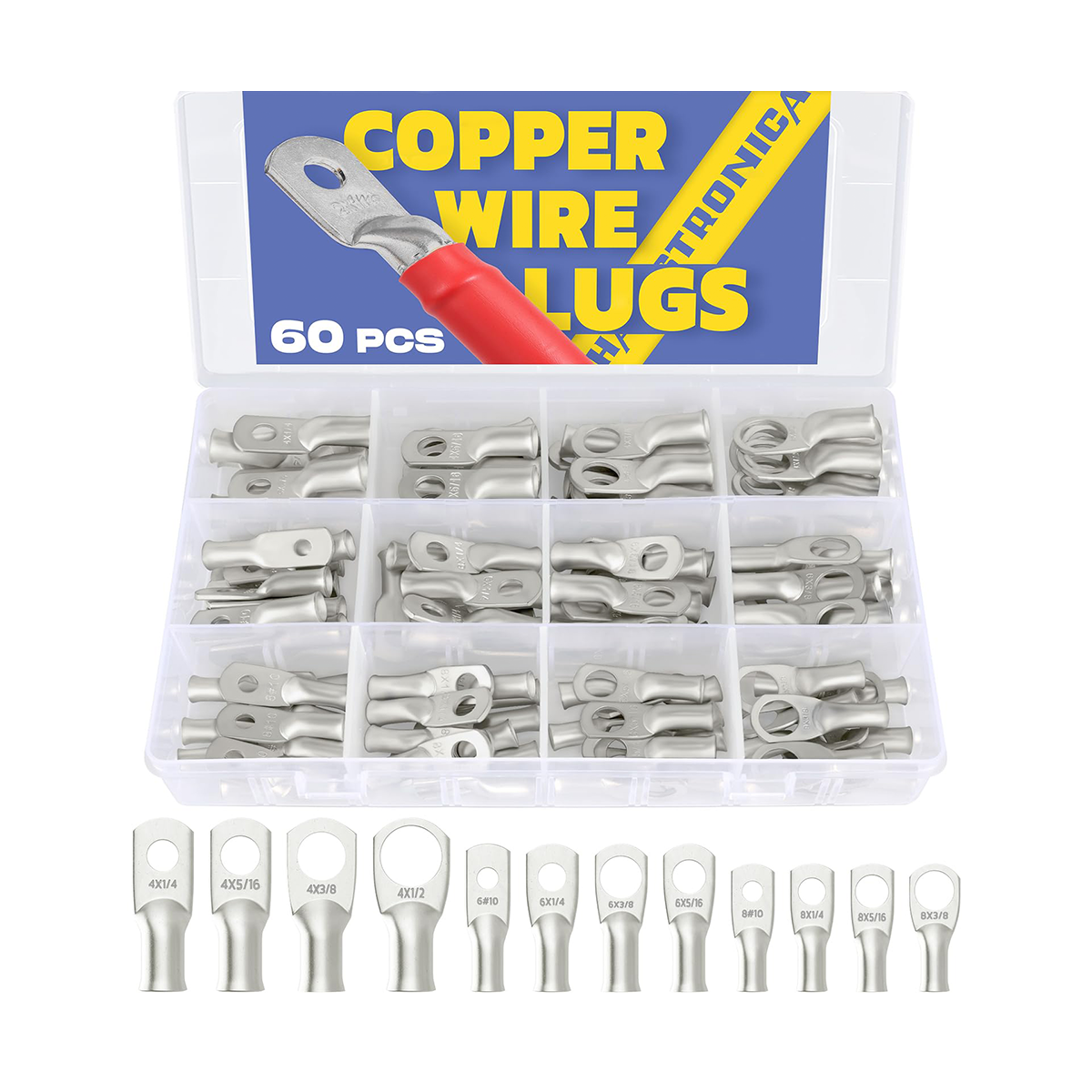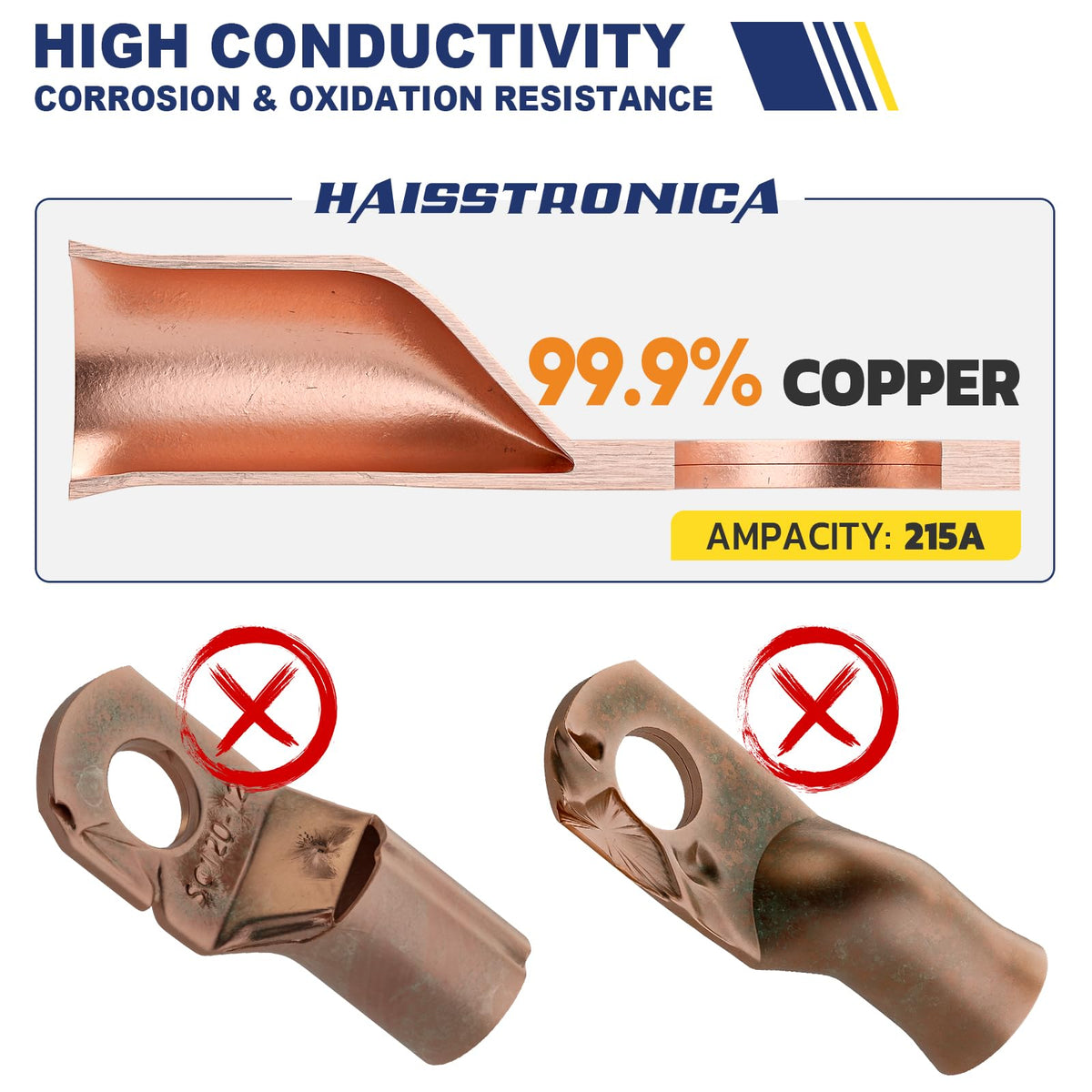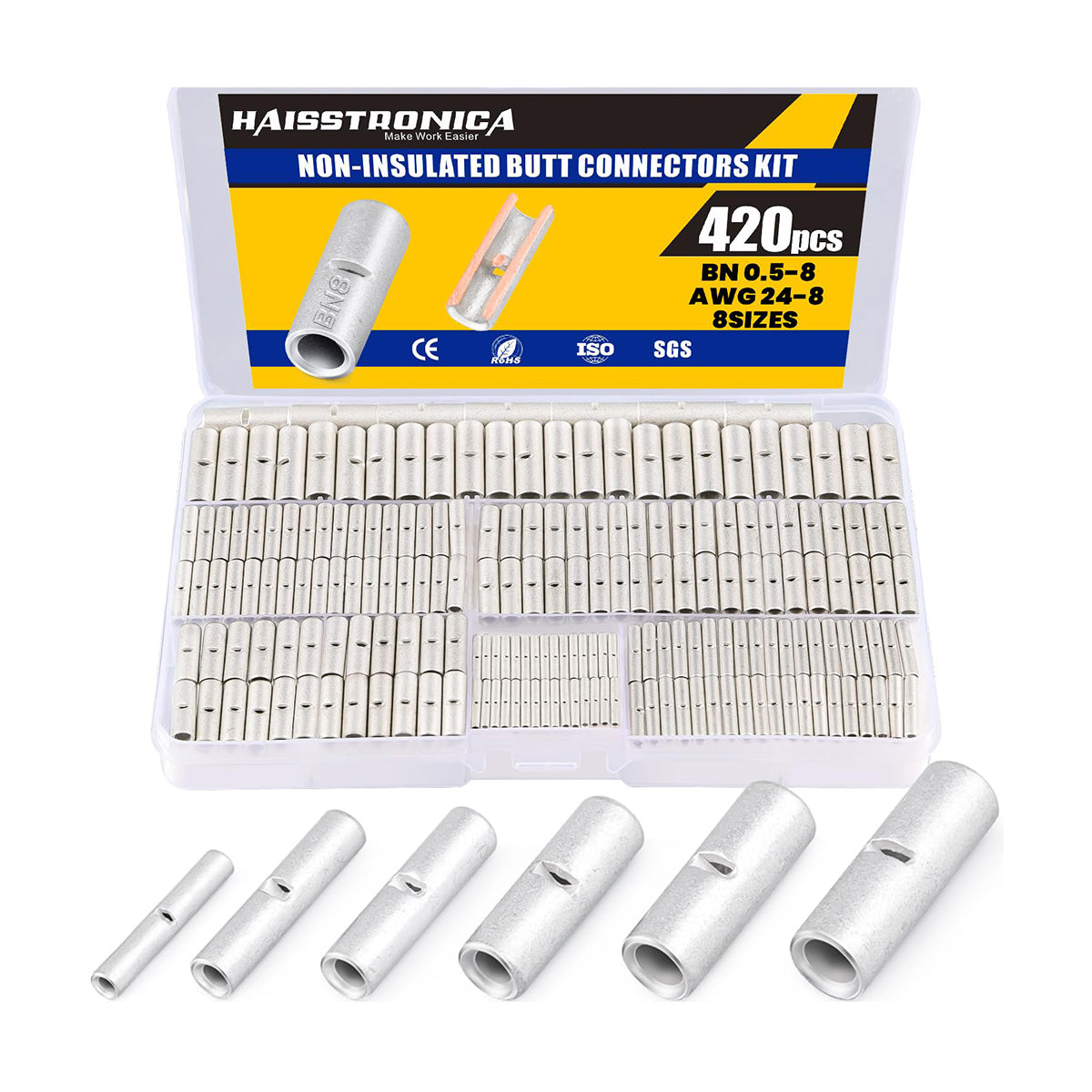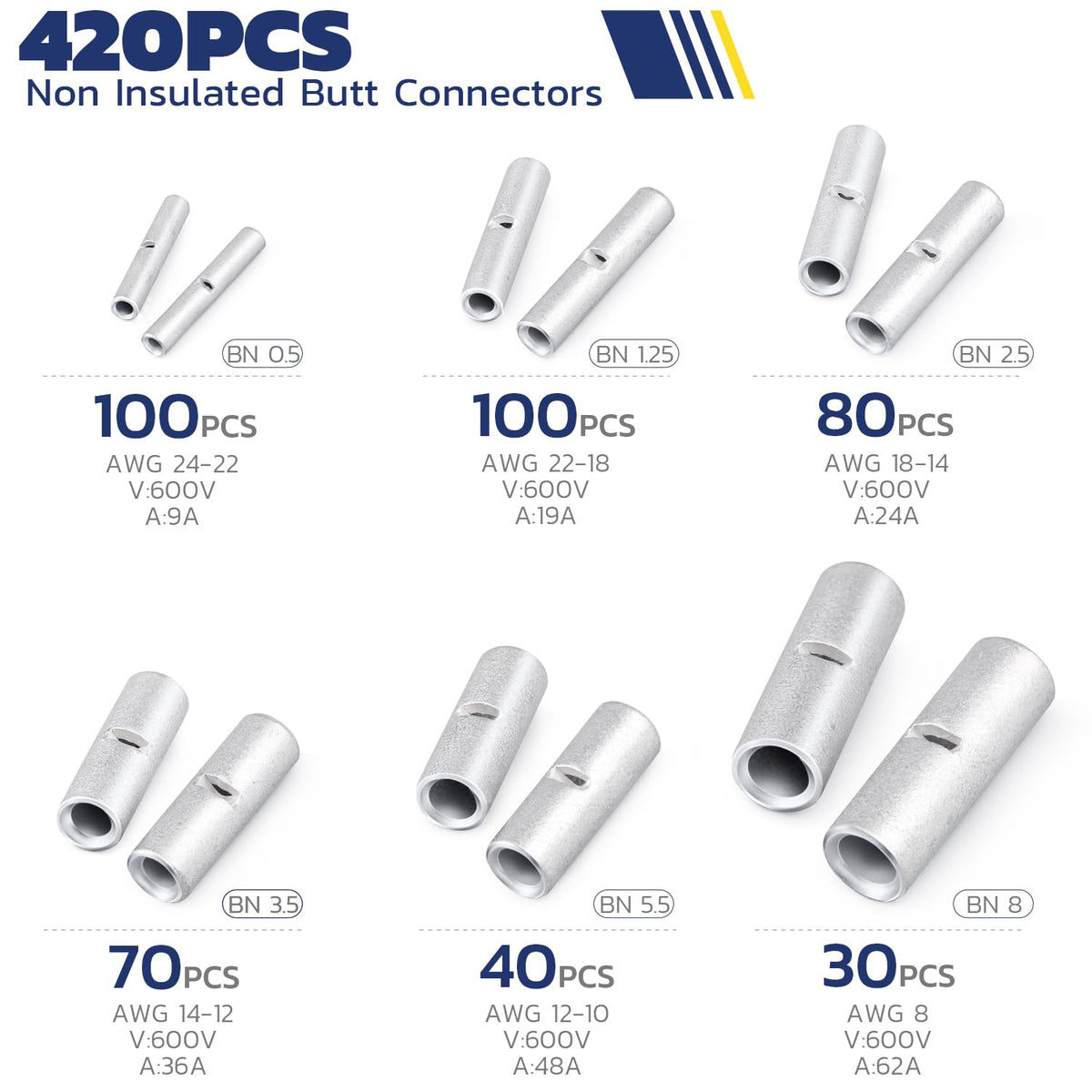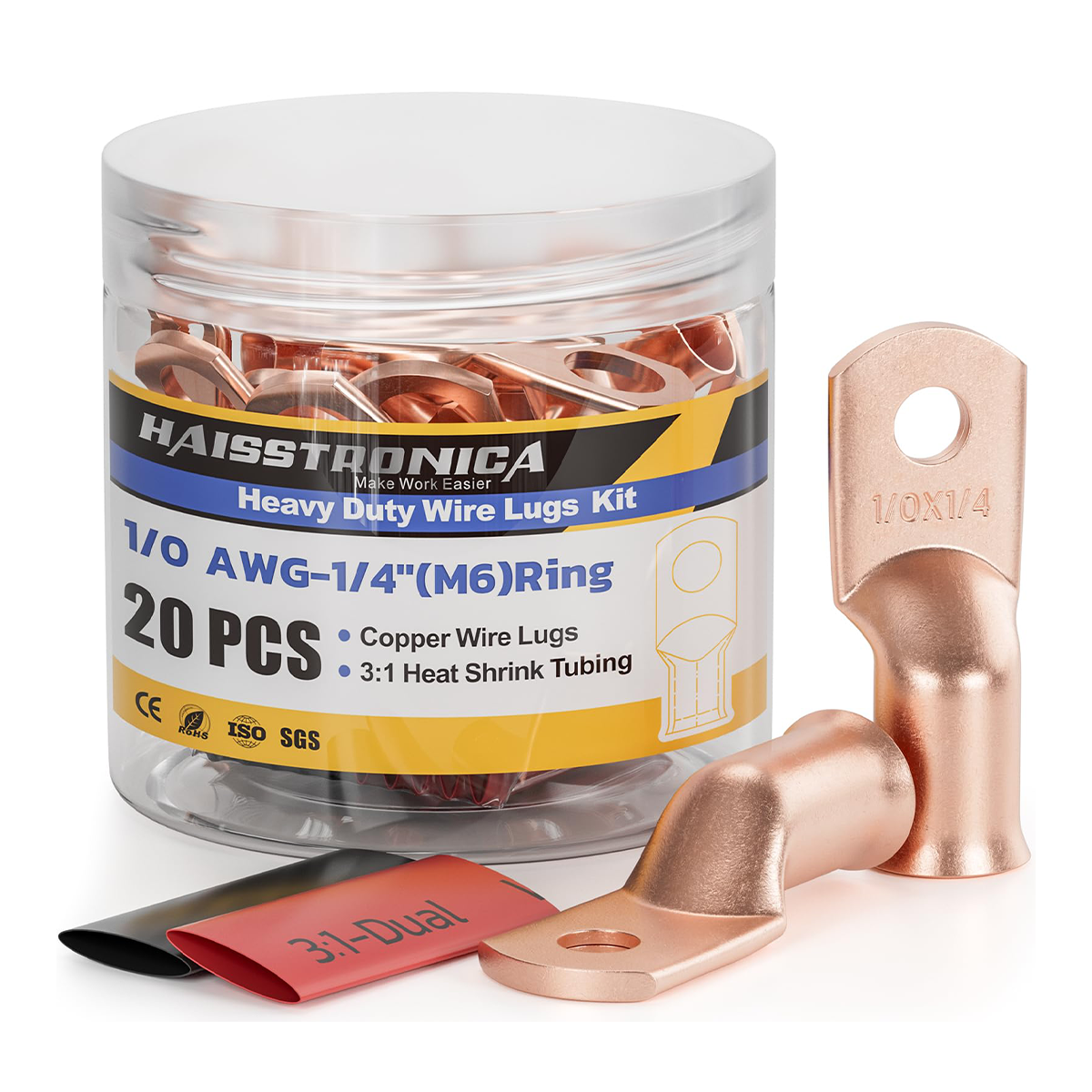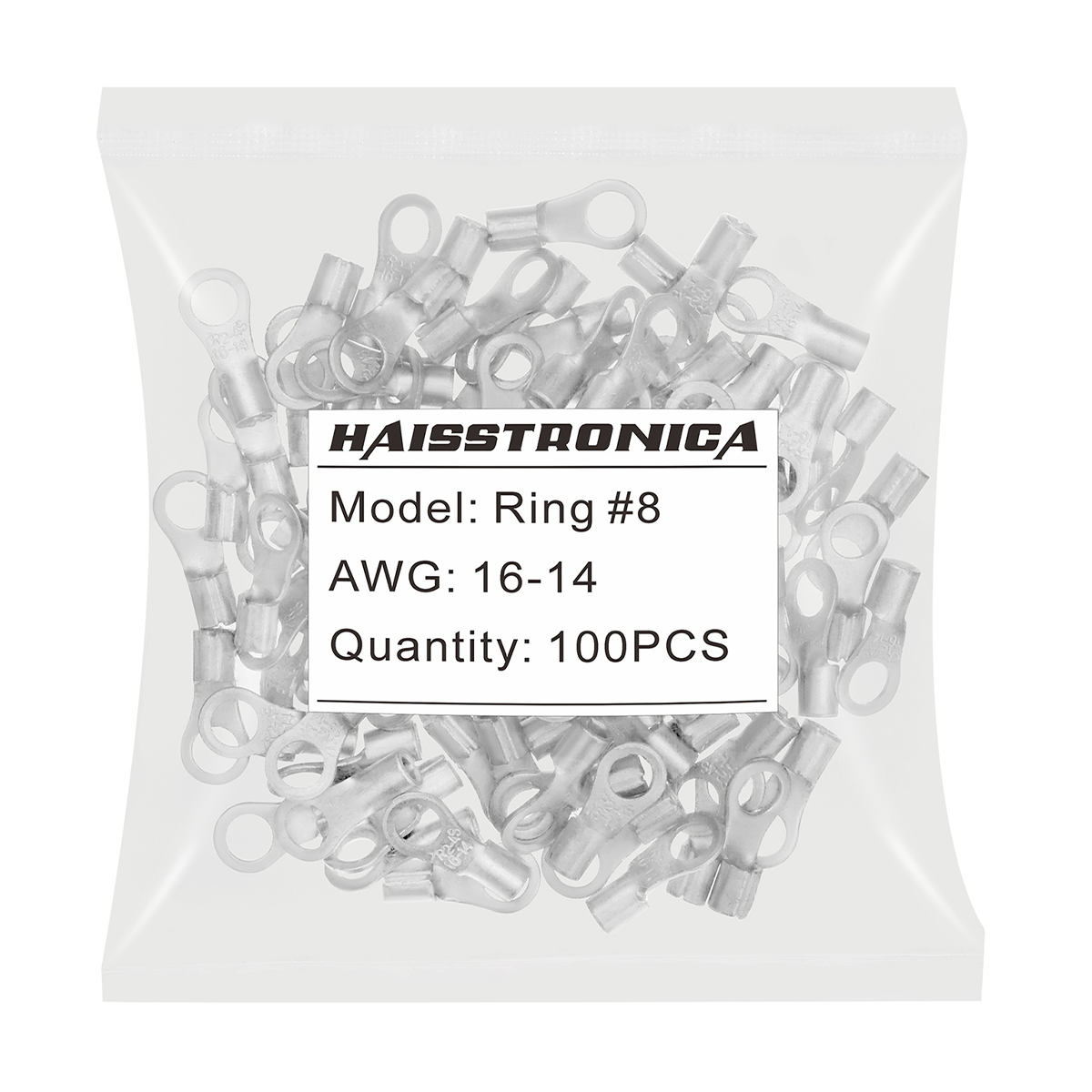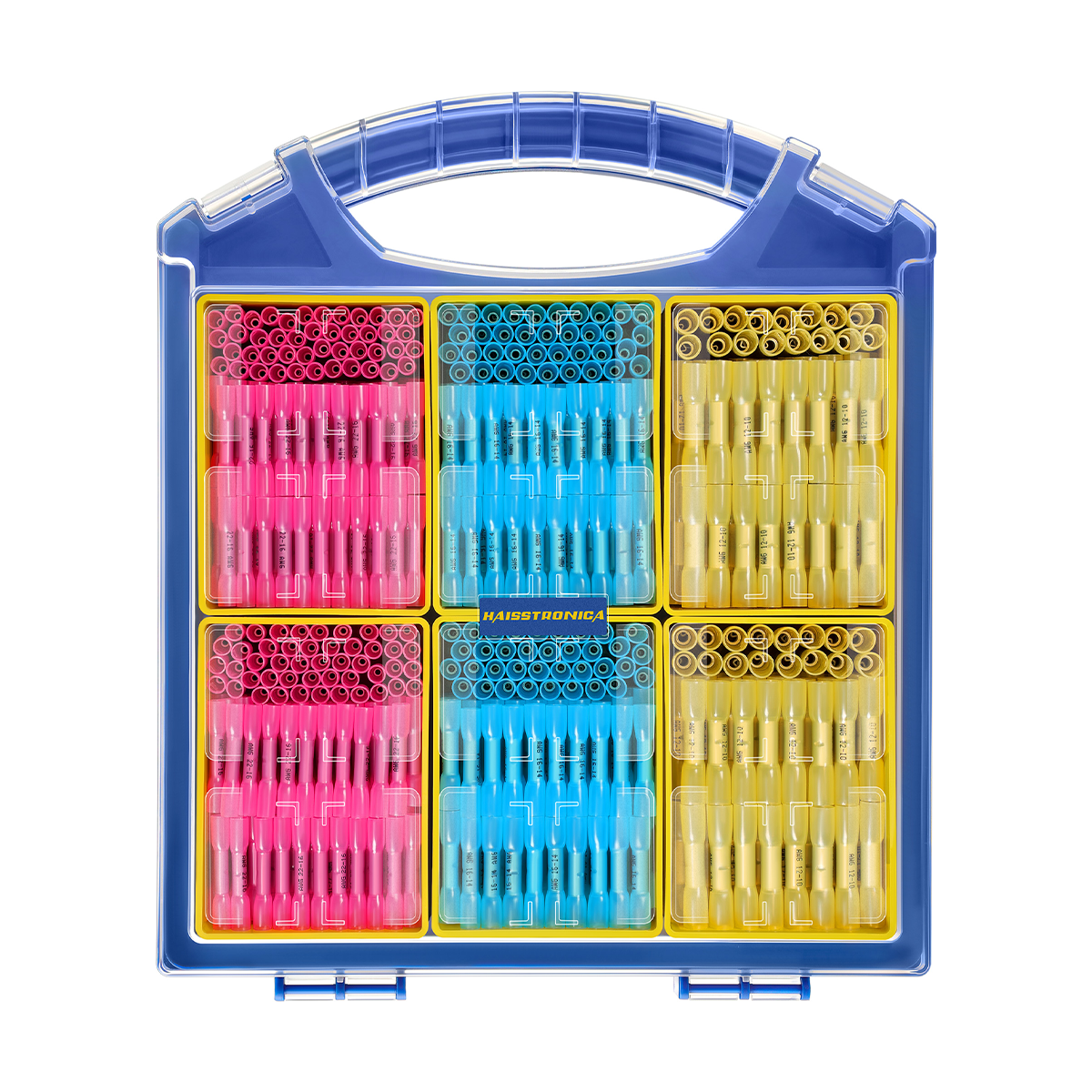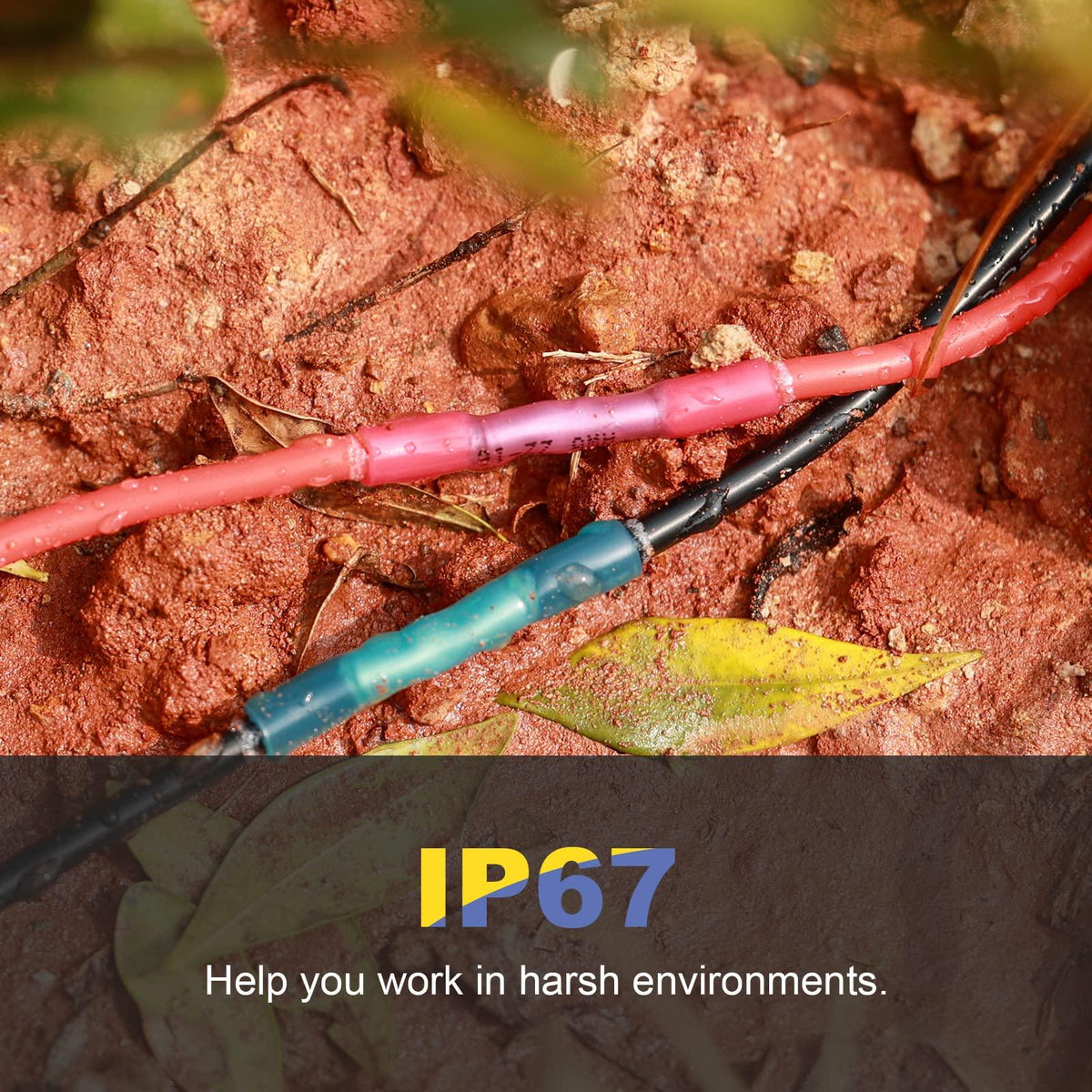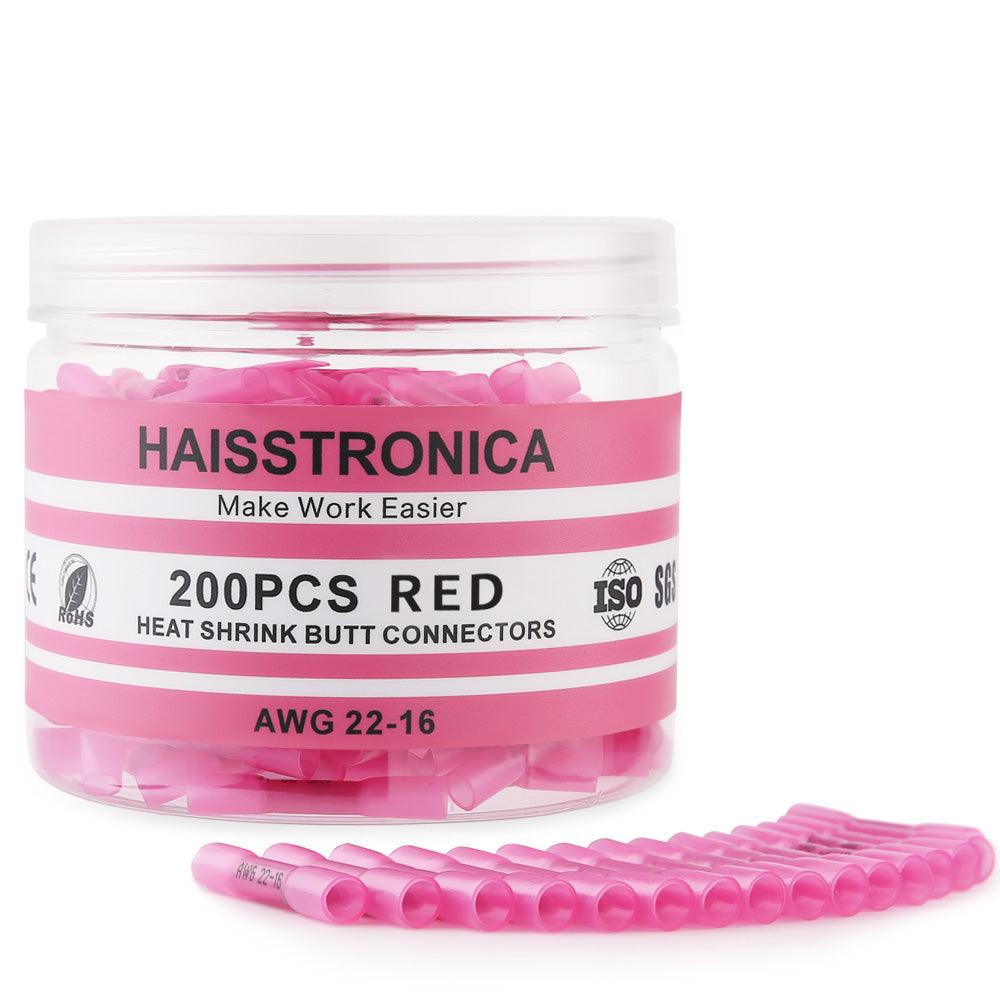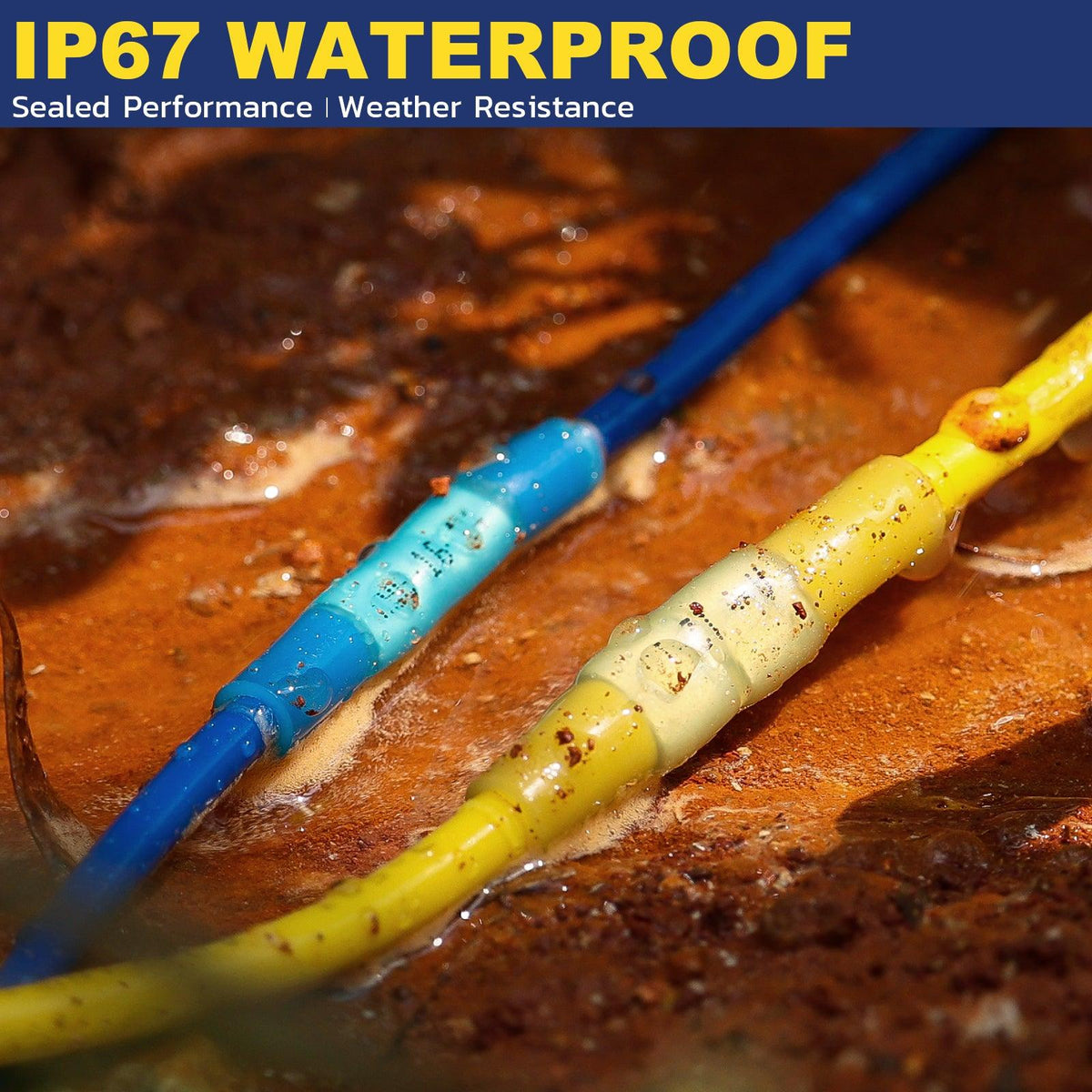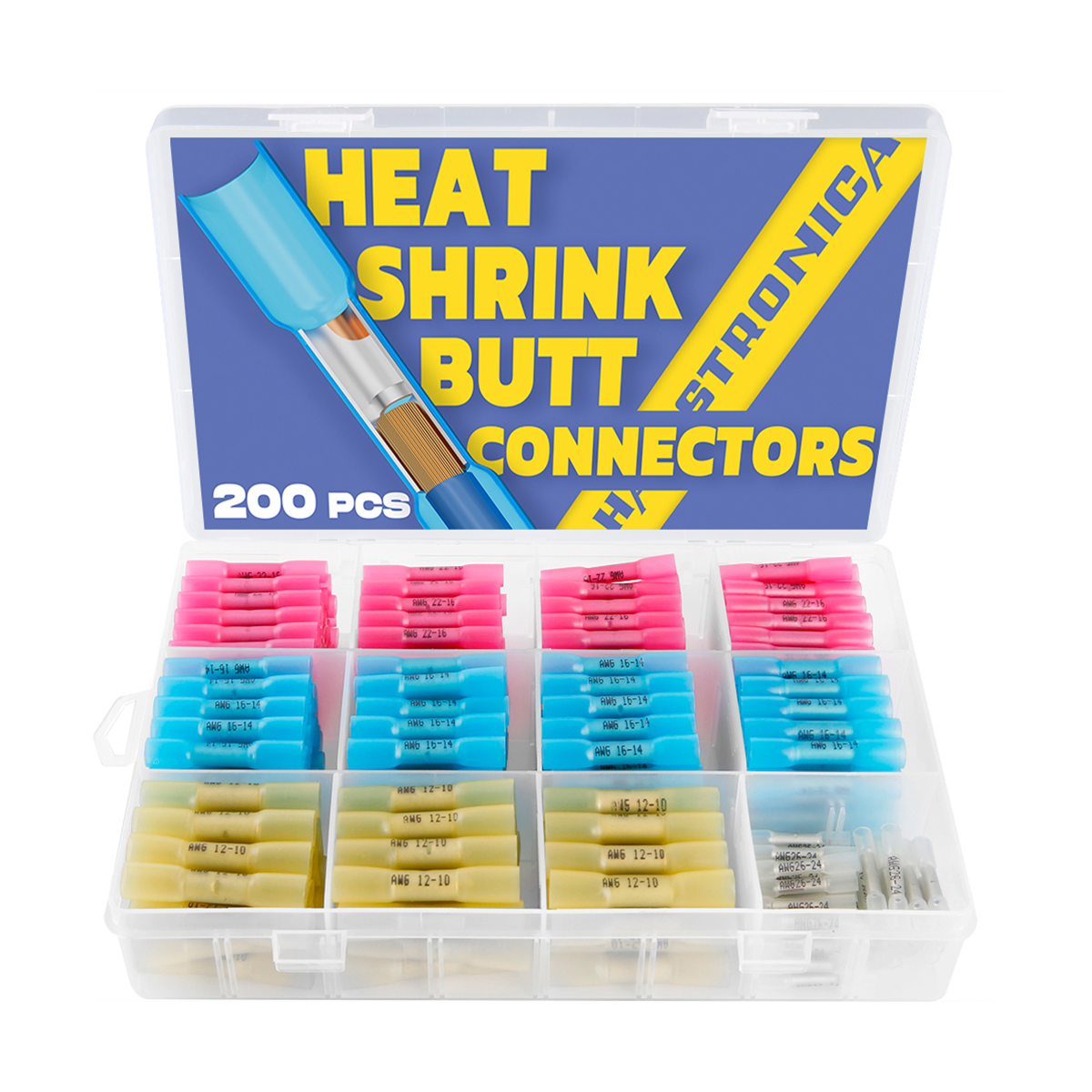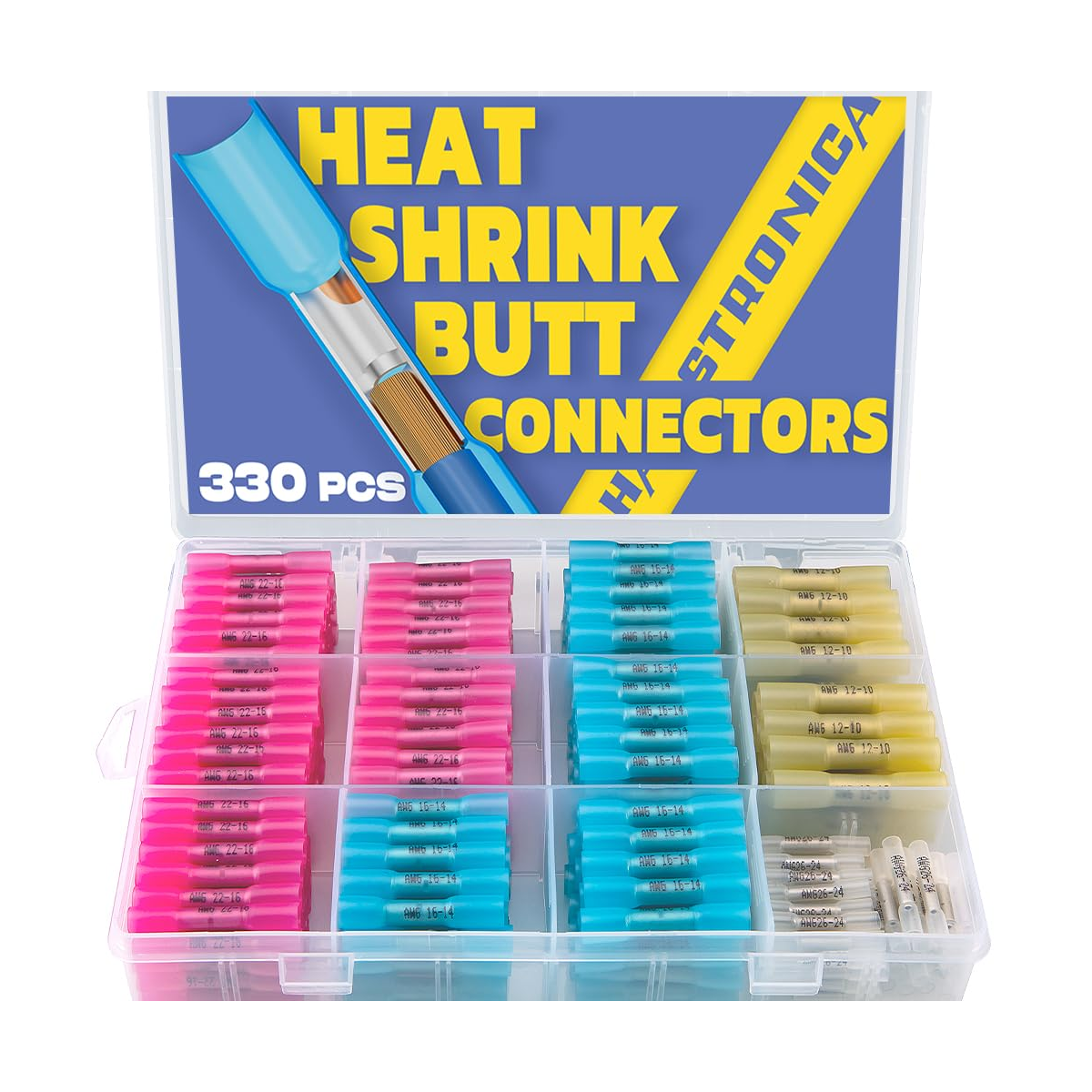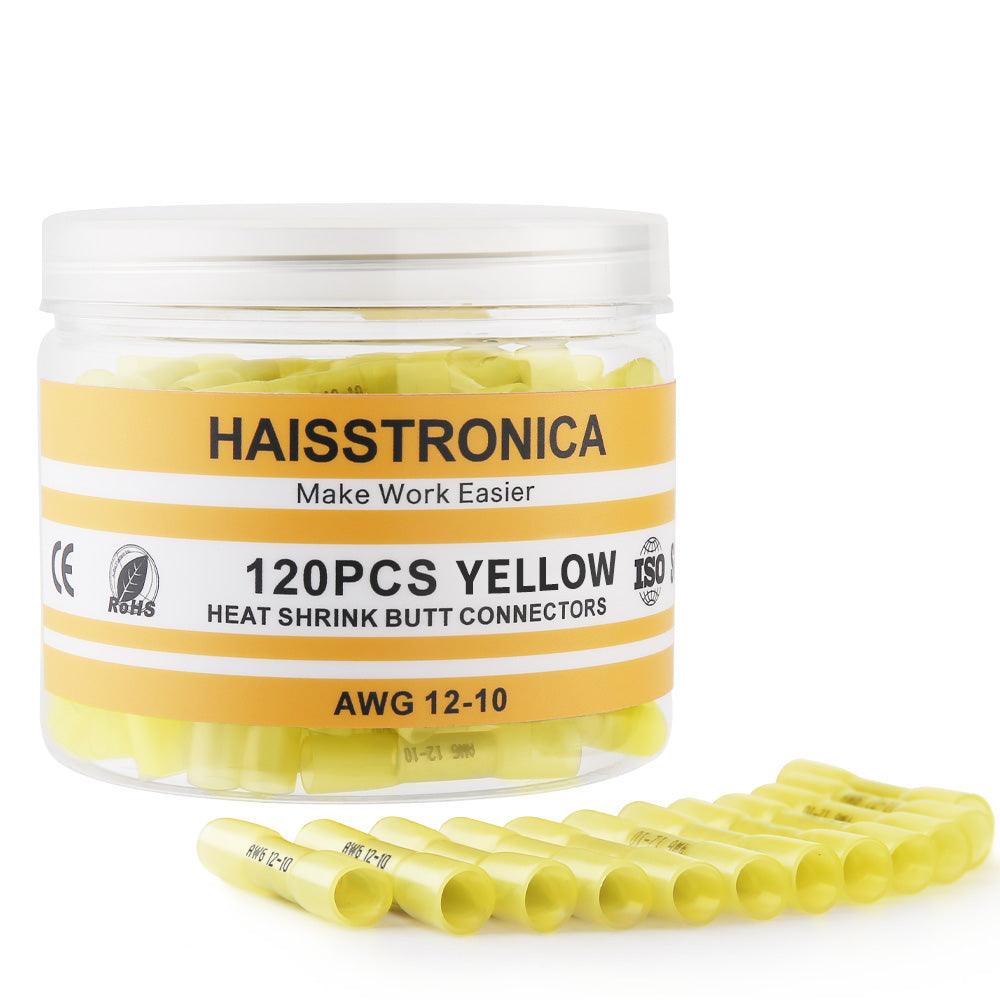1. Why Crimping Tool Style Matters
A crimped connection mechanically deforms a metal terminal onto a stripped wire to form a gas‑tight, low‑resistance joint. Using the correct tool style:
-
Ensures Consistent Force: Prevents under‑ or over‑crimping that can lead to loose connections or conductor damage .
-
Matches Connector Geometry: Dies shaped for specific connectors deliver optimal indentation and pull strength .
-
Improves Efficiency: Ergonomic and automated tools reduce fatigue and speed up high‑volume work.
Selecting the wrong style risks electrical failures, safety hazards, and costly rework.
2. Seven Crimping Tool Styles
2.1 Manual Crimping Tools
Simple plier‑style crimpers for occasional use. Best for DIYers and home users handling small runs of insulated or non‑insulated connectors .
2.2 Ratcheting Wire Crimpers
Lock‑and‑release mechanism guarantees full crimp cycle before opening. Preferred by electricians for consistent crimps on terminals and ferrules.
2.3 Automatic Wire Crimpers
Motorized machines feed wire and connector, then crimp with a button push. Ideal for manufacturing and large‑volume harness assembly .
2.4 Hydraulic Crimping Tools
Use hydraulic pressure to crimp large‑gauge cables (4/0 AWG and above) with minimal effort. Essential for heavy‑duty industrial and utility applications .
2.5 Heavy‑Duty Crimping Tools
Often ratcheting or hydraulic with extended handles for extra leverage. Handle thick cables and lugs in solar, marine, and industrial installations .
2.6 Connector‑Specific Crimpers
Interchangeable or fixed dies tailored to a single connector family—e.g., butt connectors, ferrules, MC4 solar ends—for precision crimps and minimal rework .
2.7 Cable Cutting Tools
High‑quality cutters deliver clean, burr‑free cuts on copper or aluminum conductors—an essential prep step before crimping to ensure conductor integrity.
3. How to Choose Your Crimping Tool
-
Wire Gauge (AWG) Range: Ensure the tool’s capacity matches your cables (e.g., 22–10 AWG for electronics, 4/0 AWG for power).
-
Connector Type: Pick fixed‑die tools for common insulated terminals or interchangeable dies for multi‑connector flexibility.
-
Volume of Work: Manual for light DIY; ratcheting for moderate professional use; automatic/hydraulic for high‑volume production.
-
Ergonomics & Fatigue: Ratcheting and automatic styles reduce hand strain. Look for cushioned grips and quick‑release features.
-
Budget vs. Longevity: Higher‑end ratcheting or hydraulic tools cost more upfront but last longer and cut rework costs.
4. Crimp Quality Best Practices
-
Strip Length: Follow connector spec (typically ¼″–3/8″). Too much exposed conductor risks shorts; too little yields weak crimps .
-
Die Selection: Use color‑coded or marked dies. Mismatch leads to under‑indentation or crushed conductors.
-
Visual Inspection: Check for uniform barrel indent and absence of insulation damage.
-
Pull‑Test: Apply ~20% above expected load to verify mechanical strength .
-
Environmental Sealing: For outdoor/automotive use, add heat‑shrink tubing with adhesive liner.
5. Haisstronica Wire Crimping Tool Series
Explore the full collection here: Haisstronica Wire Crimping Tool Collection
Below is every product in the series, with specs, use cases, and direct links.
| # | Product | AWG/Size | Style | Link |
|---|---|---|---|---|
| 2 | Ratchet Wire Terminal Crimper (AWG 22–10 Heat‑Shrink) | 22–10 | Ratcheting heat‑shrink | View on Haisstronica |
| 4 | Open‑Barrel Crimper for Non‑Insulated Terminals (AWG 22–6) | 20–14 | Ratchet open‑barrel | View on Haisstronica |
| 5 | Ferrule Crimping Tool (AWG 28–7) | 28–7 | Ferrule‑specific | View on Haisstronica |
| 6 | Spark‑Plug Terminal Crimper (8.5 mm) | 8.5 mm | Ratchet automotive | View on Haisstronica |
| 7 | Solar MC4 Connector Crimper (AWG 14–10) | 14–10 | Connector‑specific | View on Haisstronica |
| 8 | Sleeve & Ferrule Crimper (AWG 24–8) | 24–8 | Ratcheting ferrule | View on Haisstronica |
| 9 | Non‑Insulated Terminal Crimper (AWG 22–6) | 22–6 | Ratchet non‑insulated | View on Haisstronica |
Each tool is built with hardened steel jaws, precision‑machined dies, and ergonomic grips to deliver professional‑grade crimps across all target audiences—DIYers, electricians, automotive repair workers, and home users.
6. Maintenance & Calibration
-
Clean Dies: Remove metal shavings after each use; wipe with a lint‑free cloth.
-
Lubricate Pivots: Apply light machine oil monthly for smooth action.
-
Check Ratchet/Hydraulic Pressure: Recalibrate per manufacturer schedule (≈6 months or 1,000 cycles) .
-
Inspect Dies: Replace if edges round off or cracks appear.
-
Proper Storage: Keep in a dry toolbox or case; store interchangeable dies in labeled slots.
7. Conclusion
Mastering crimping tool styles—manual, ratcheting, automatic, hydraulic, heavy‑duty, connector‑specific, and cable cutting—empowers you to tackle any wiring job with confidence. Follow best practices for crimp quality, maintain your tools, and choose the right style for the task. Explore every option in the Haisstronica Wire Crimping Tool Series to find the perfect crimper for your next project.
Happy crimping!
